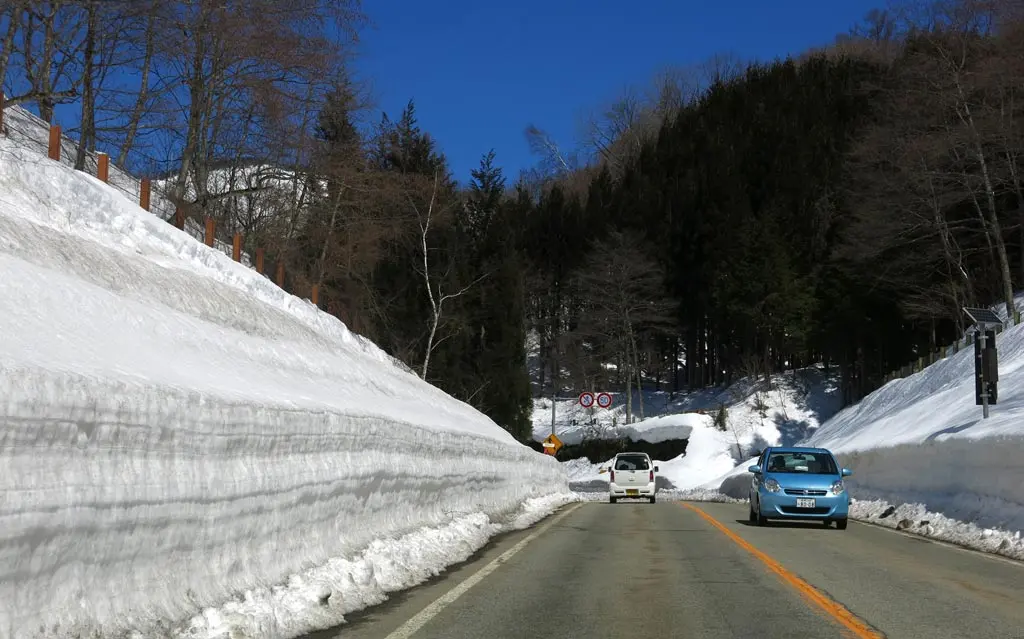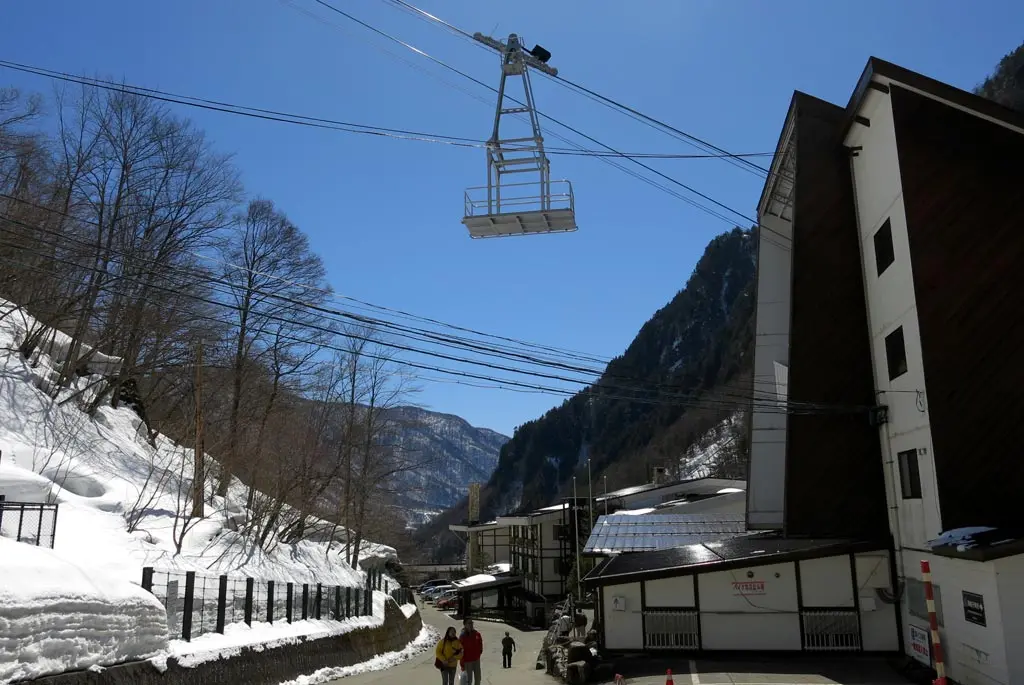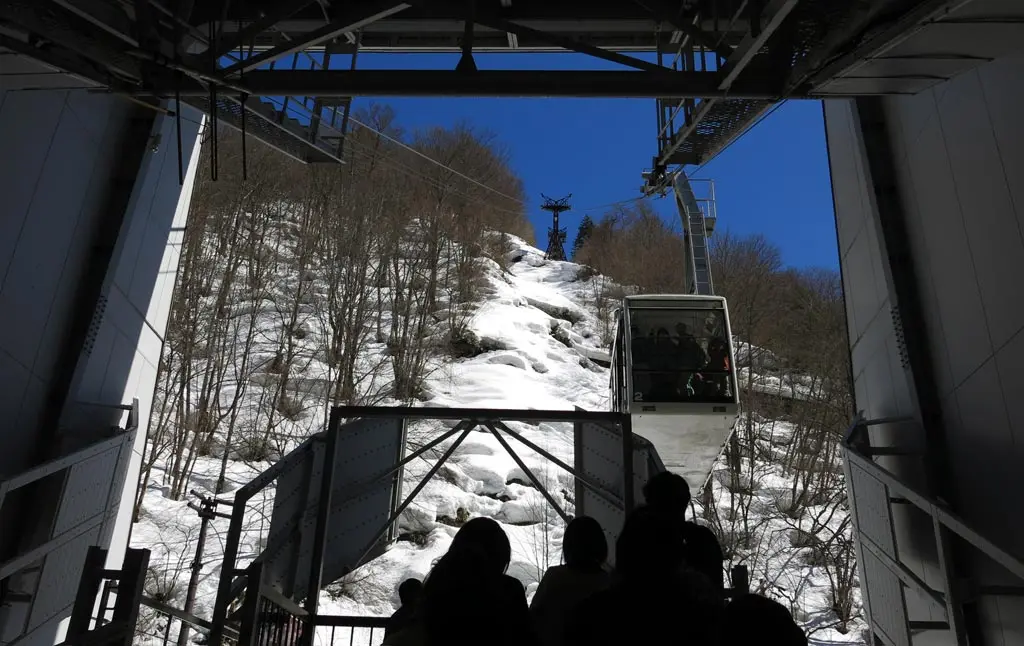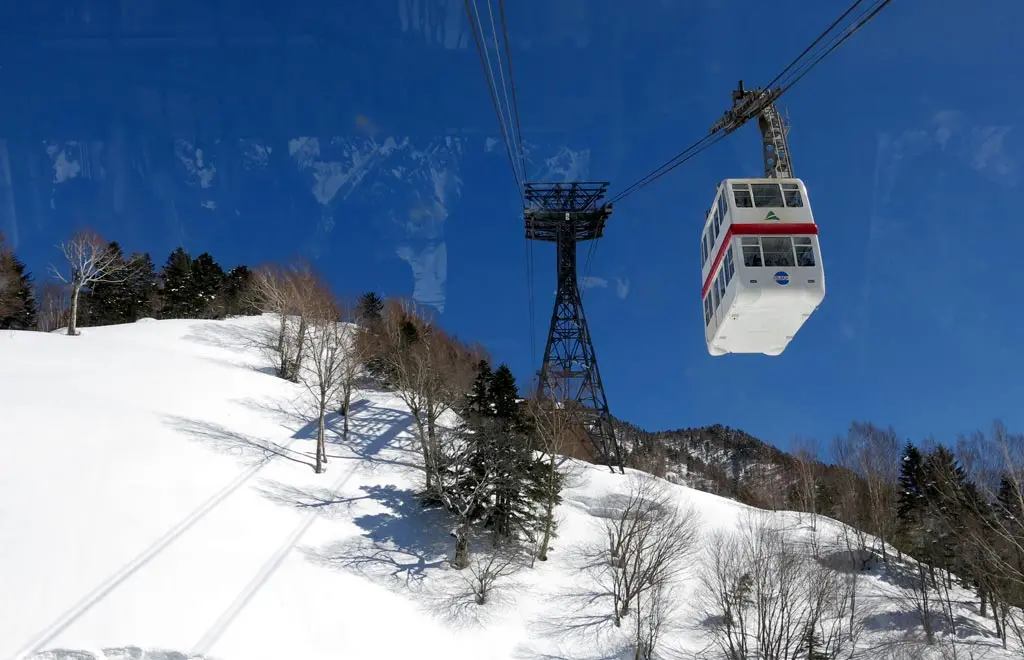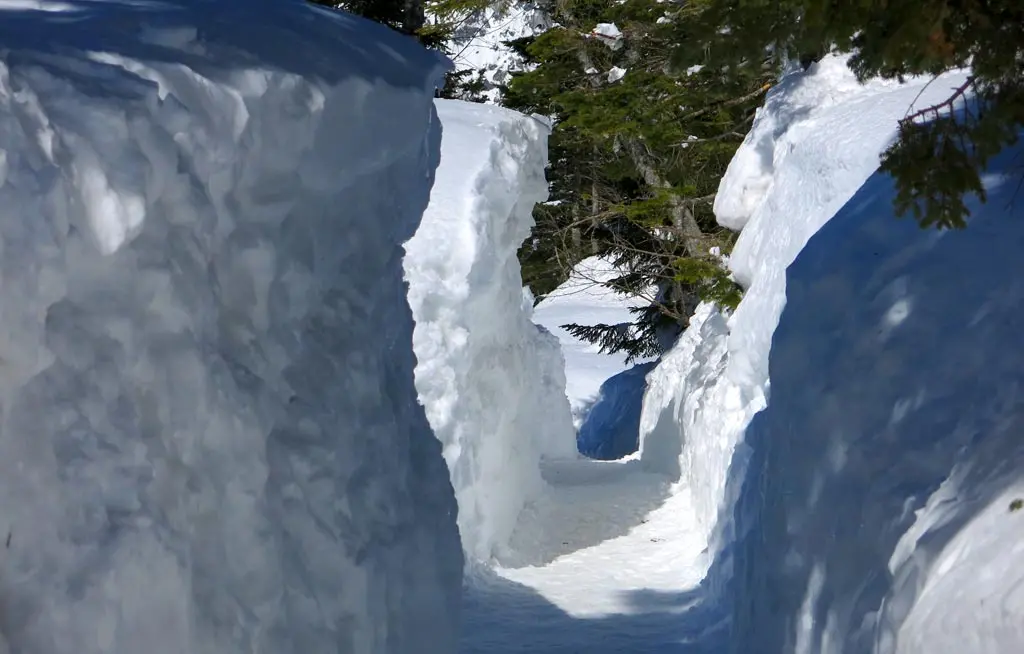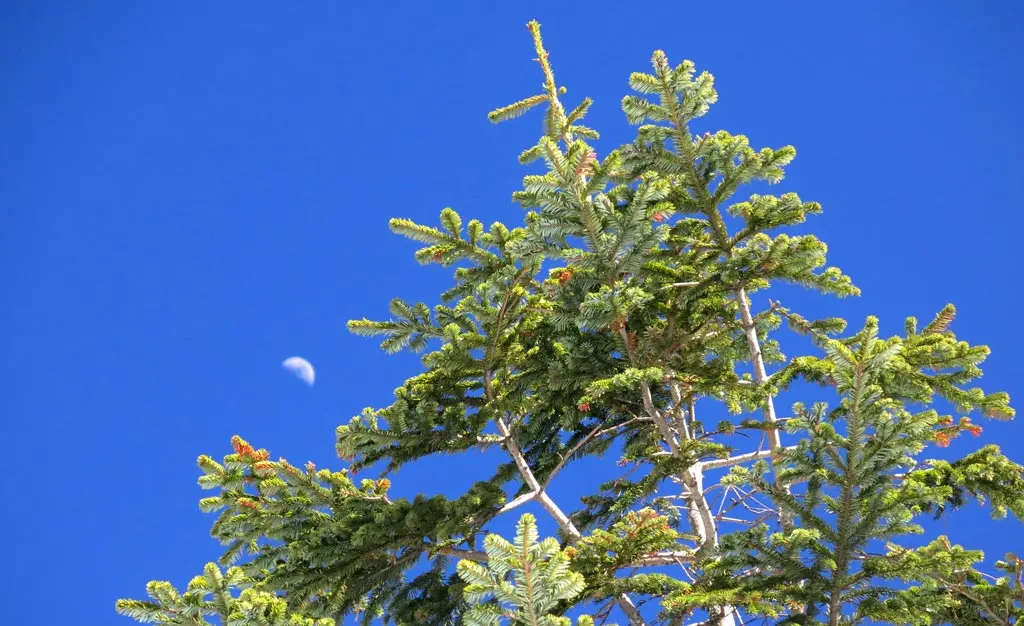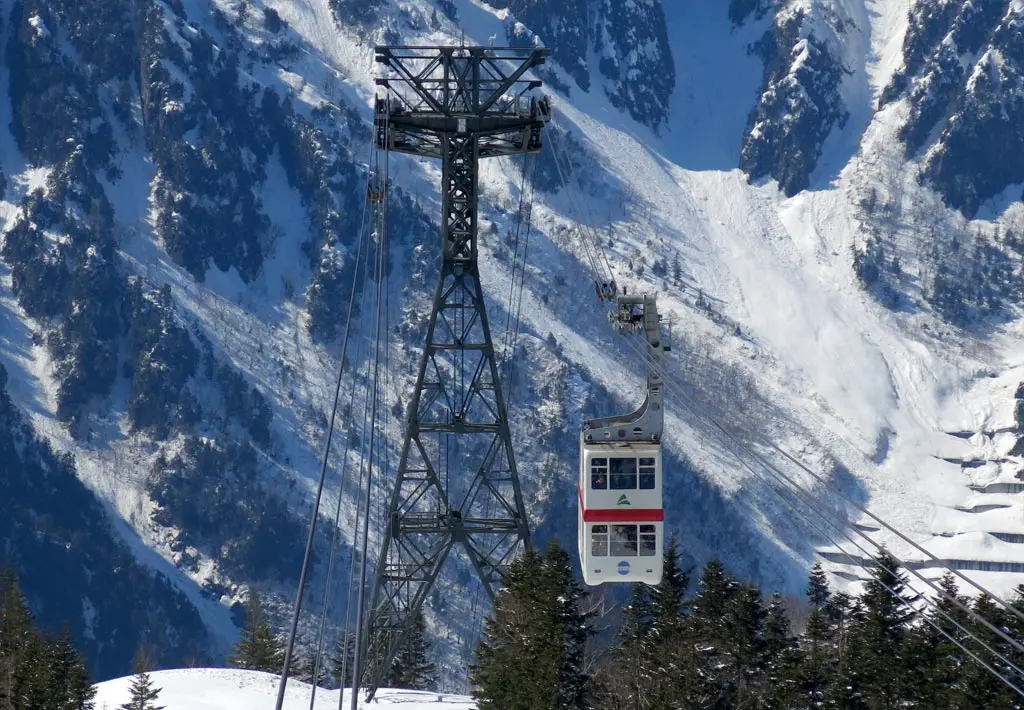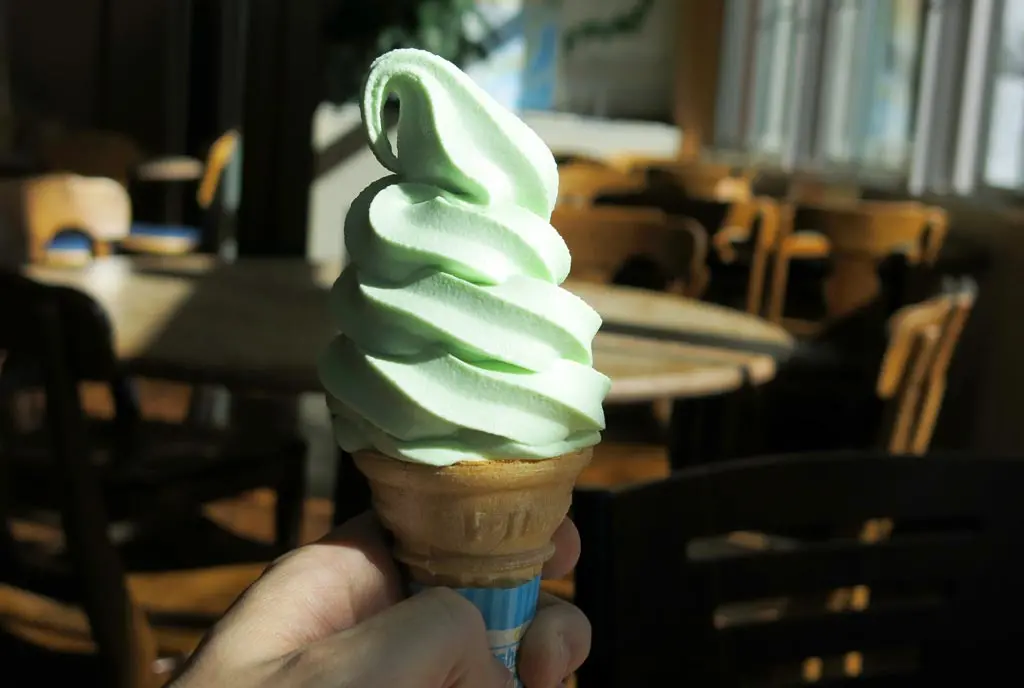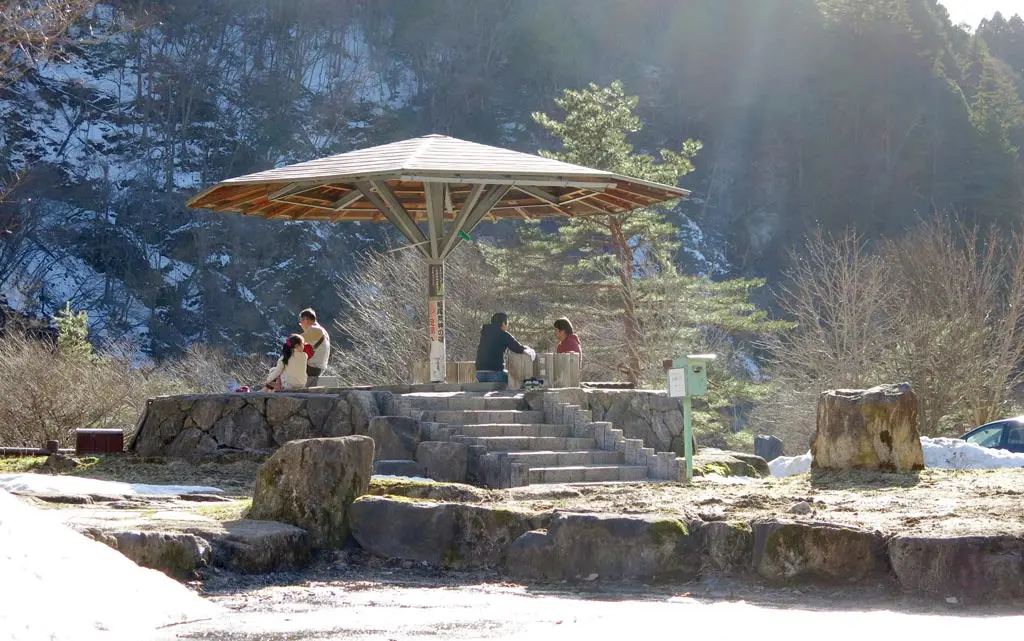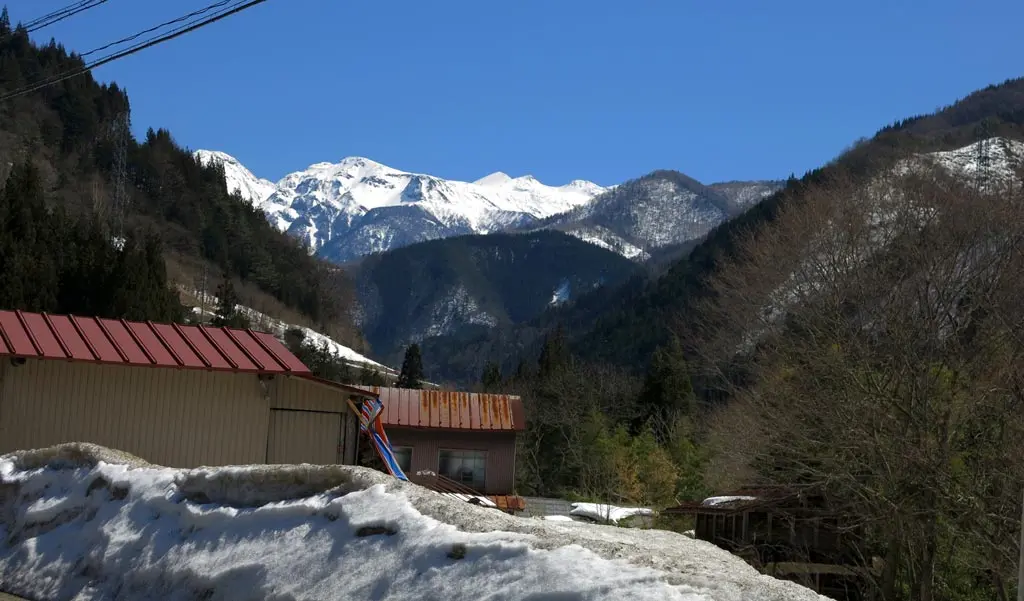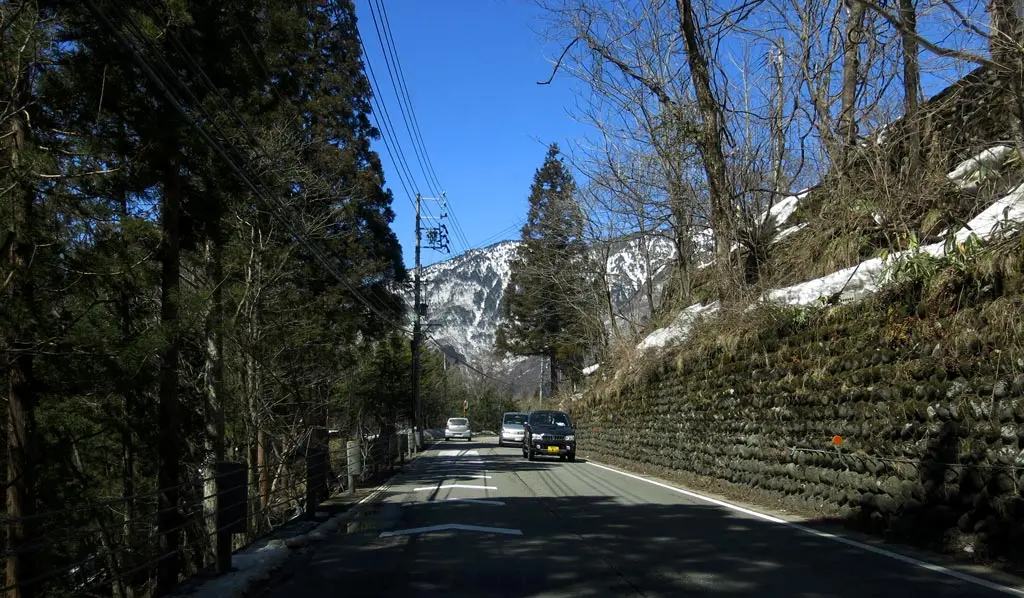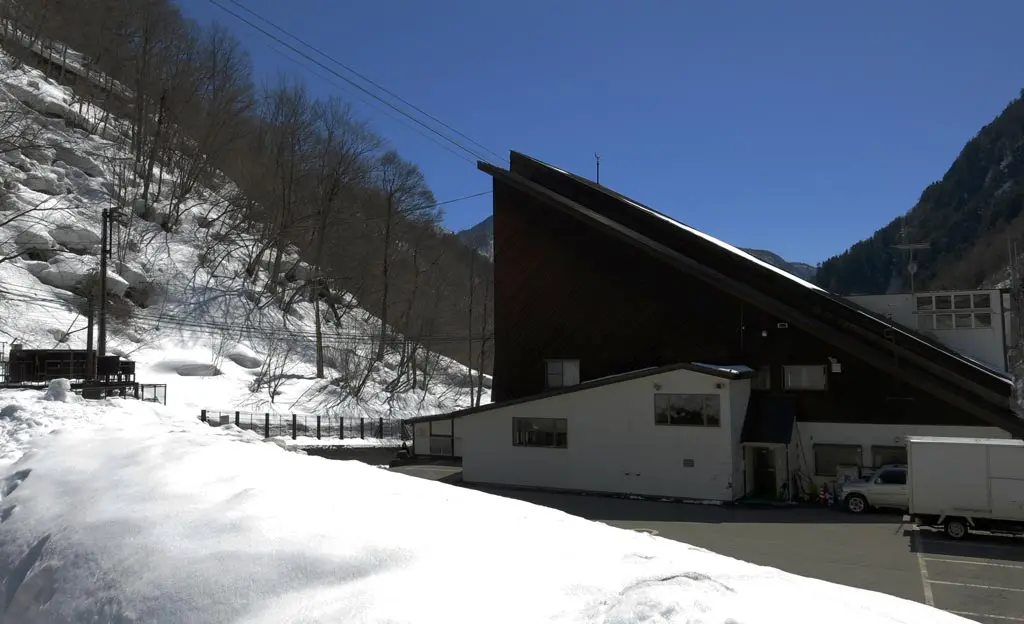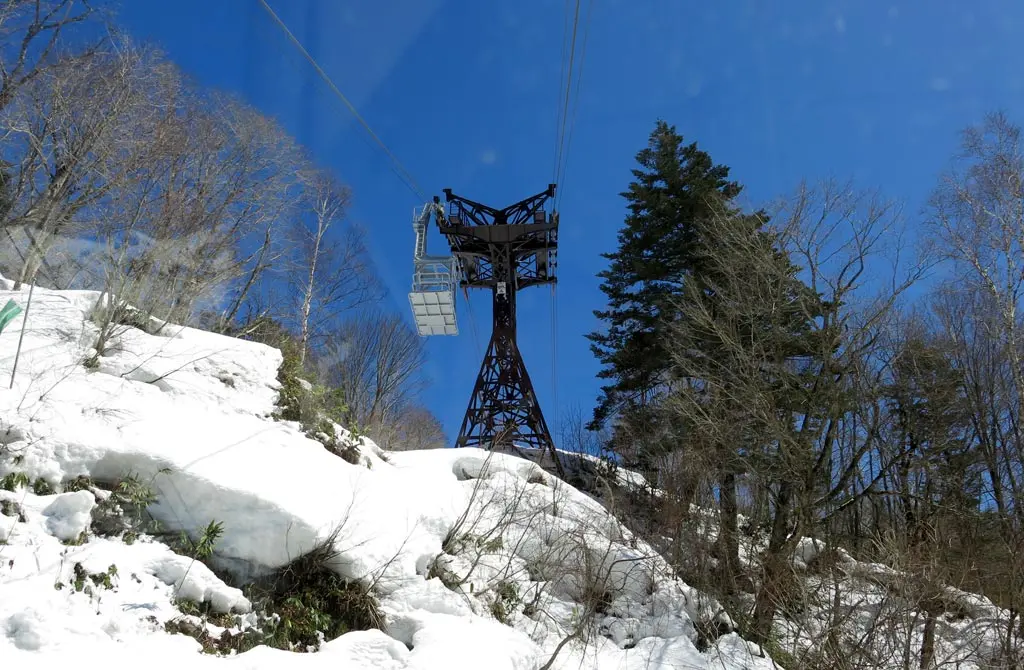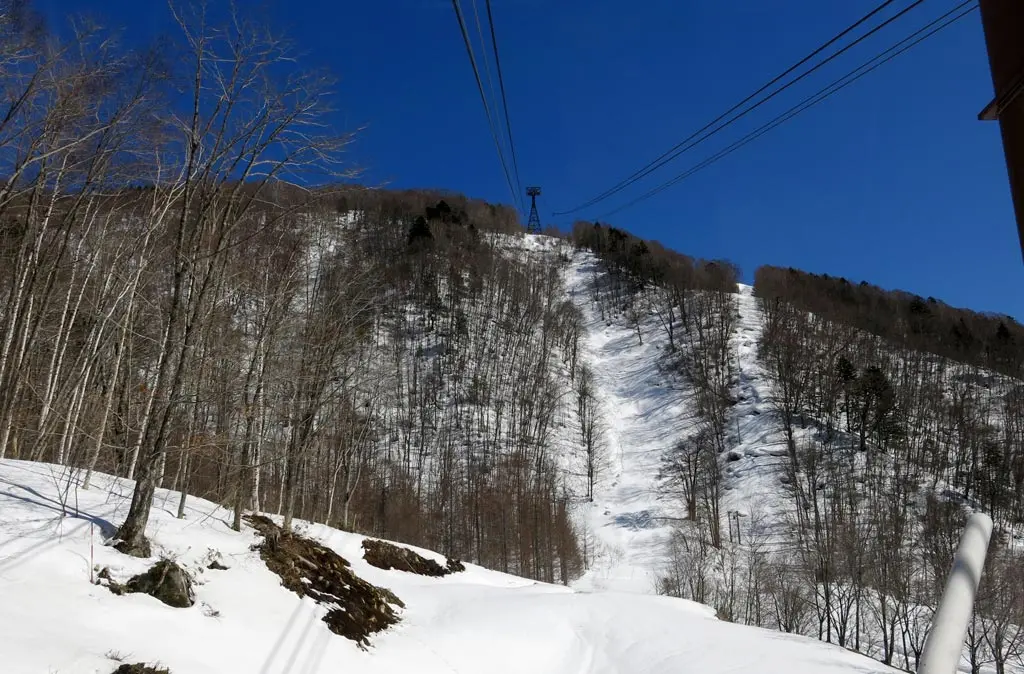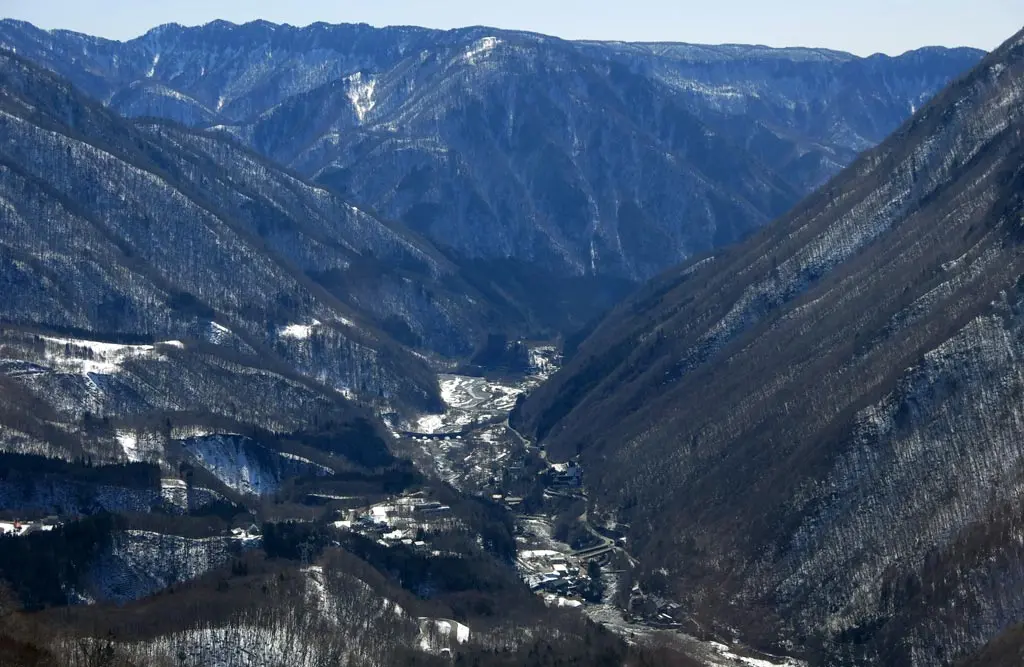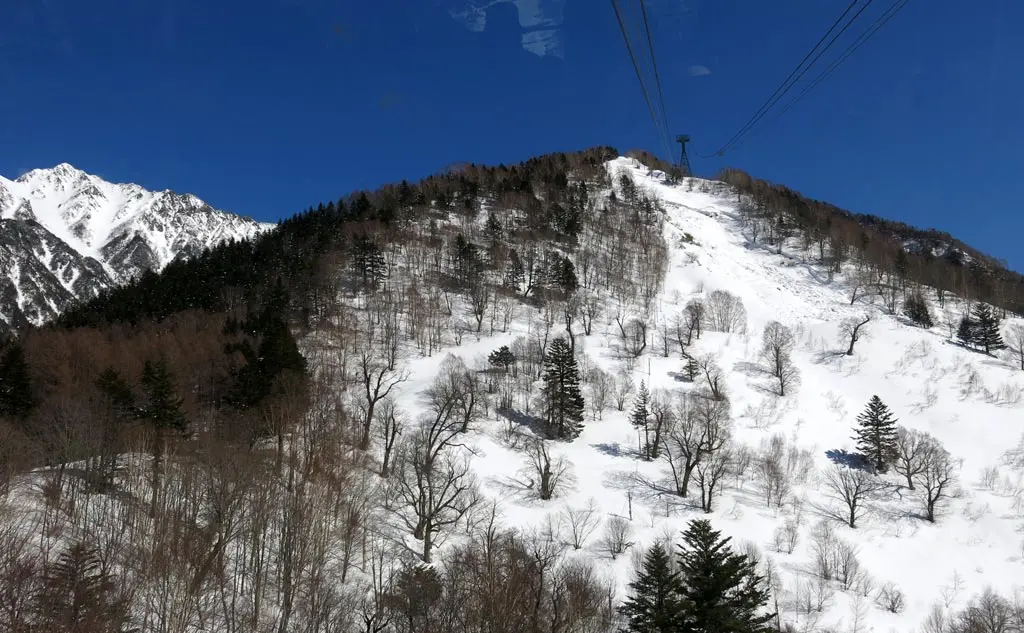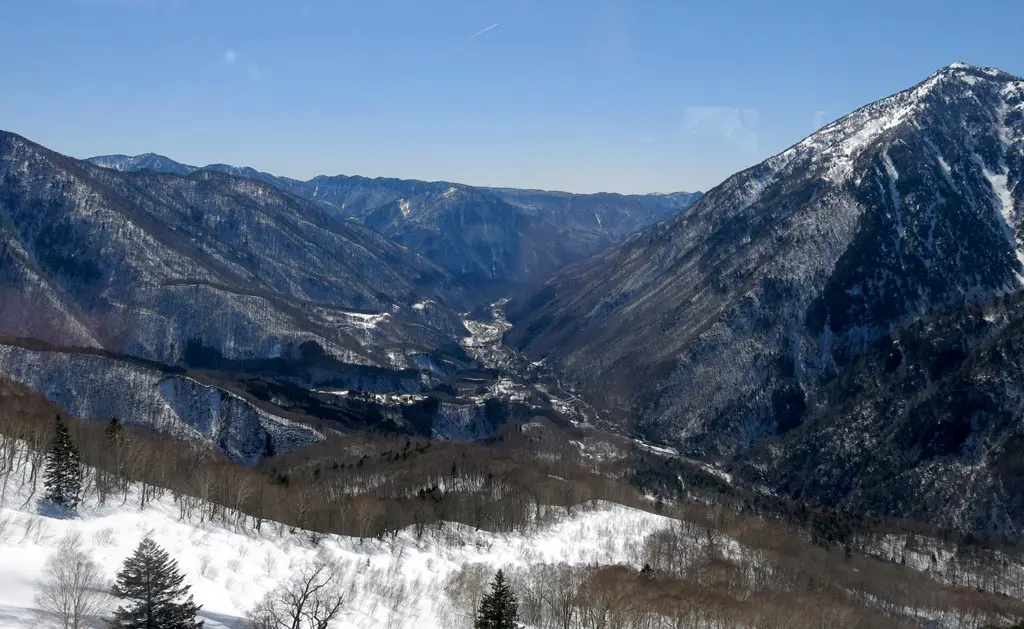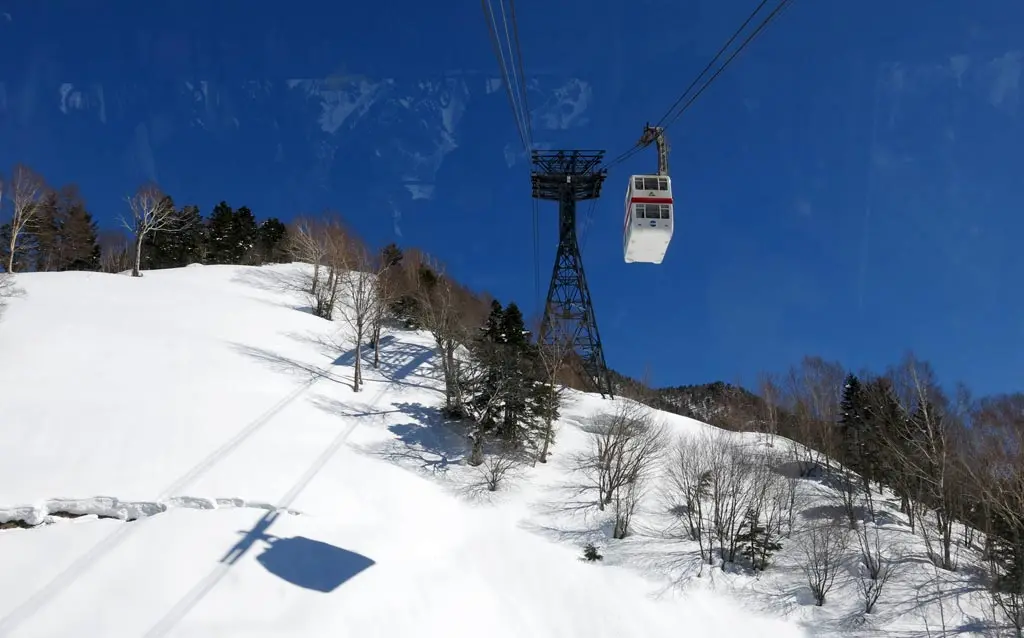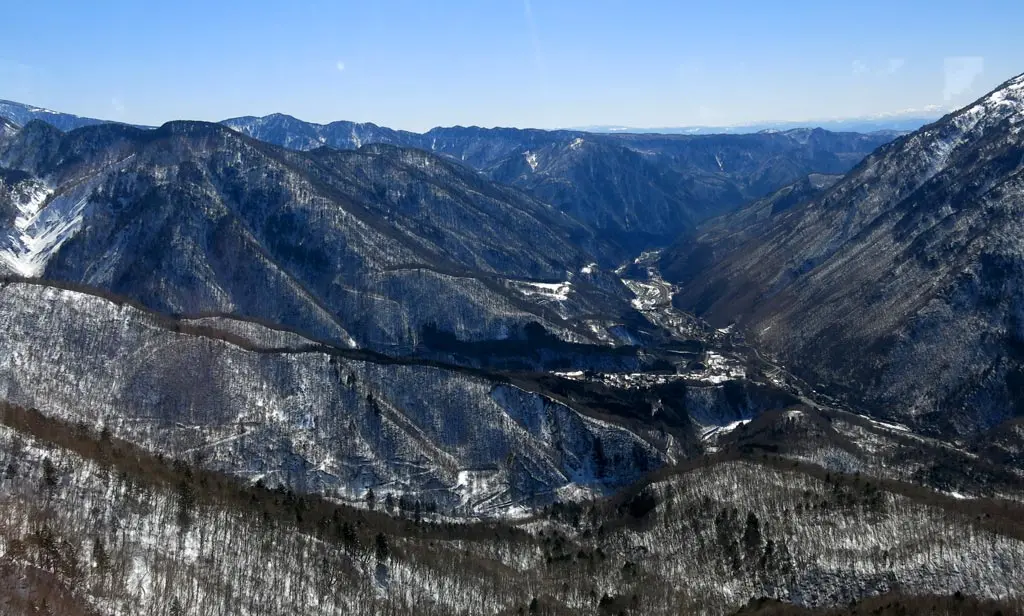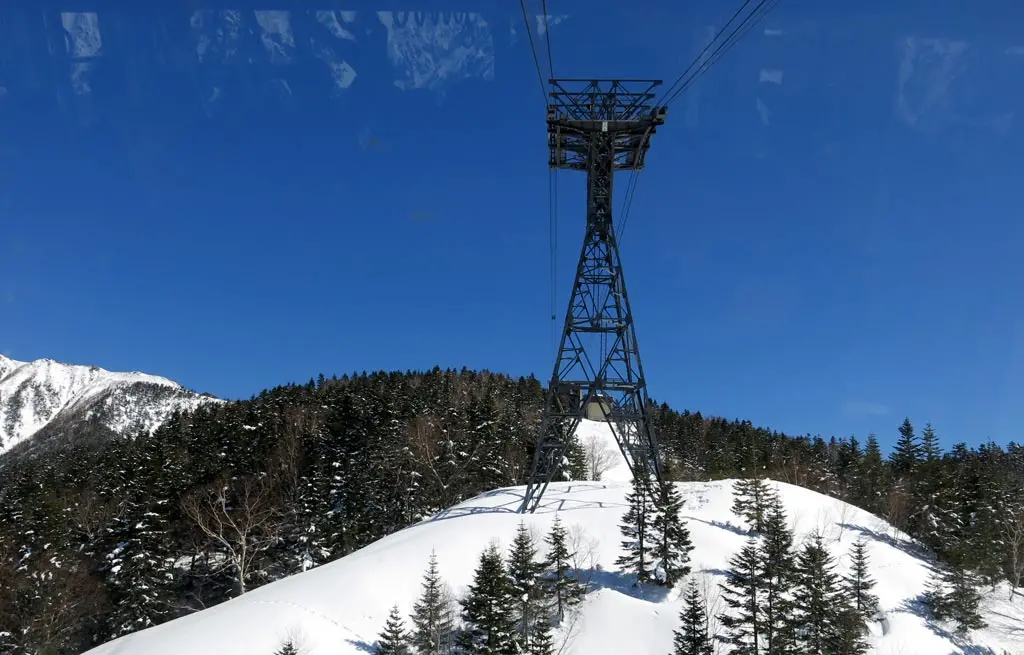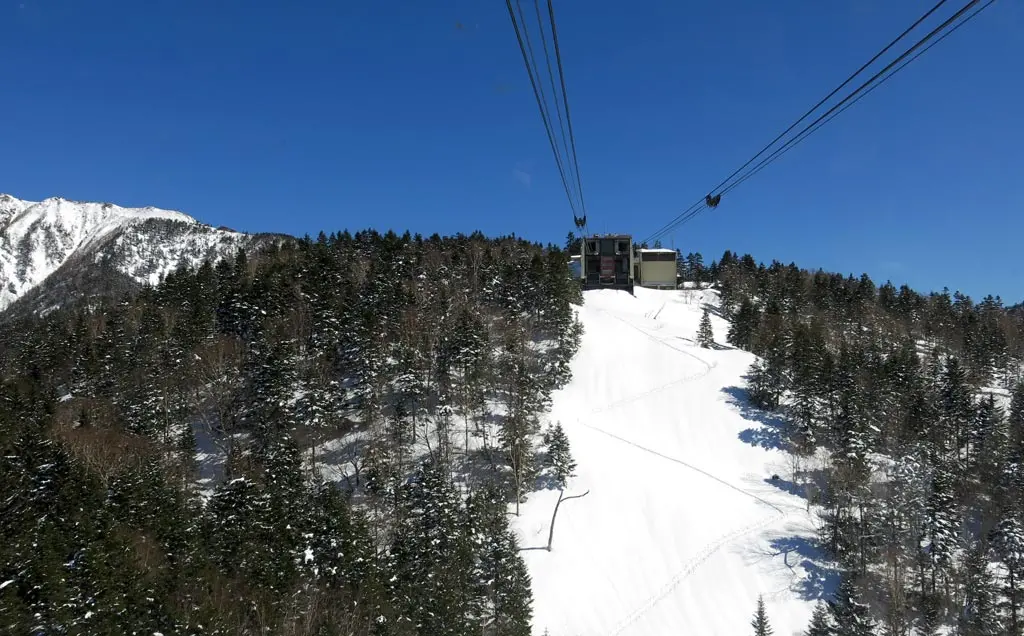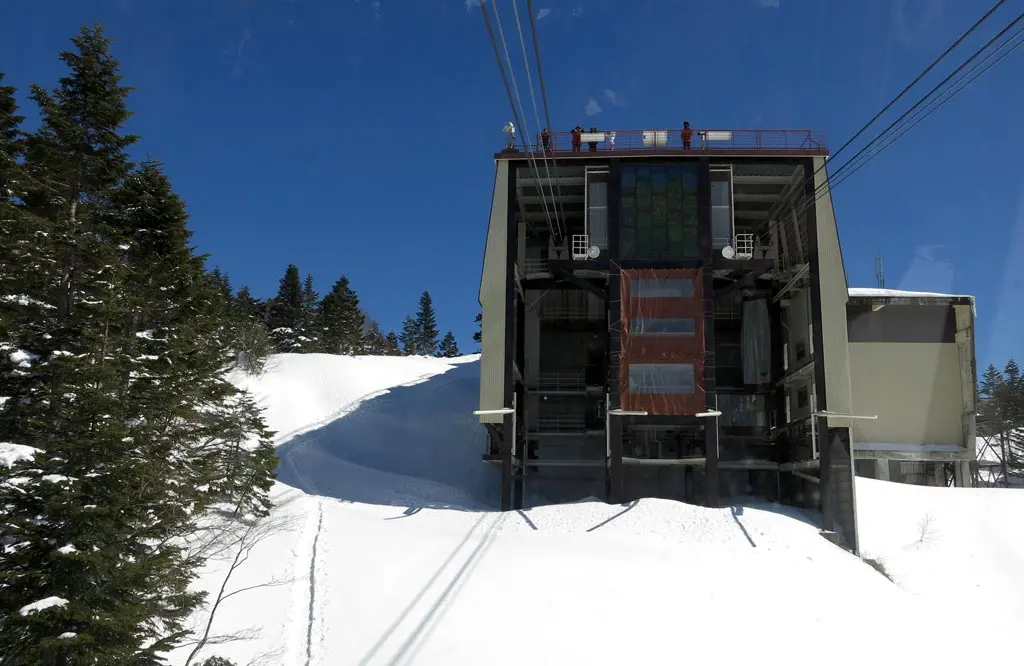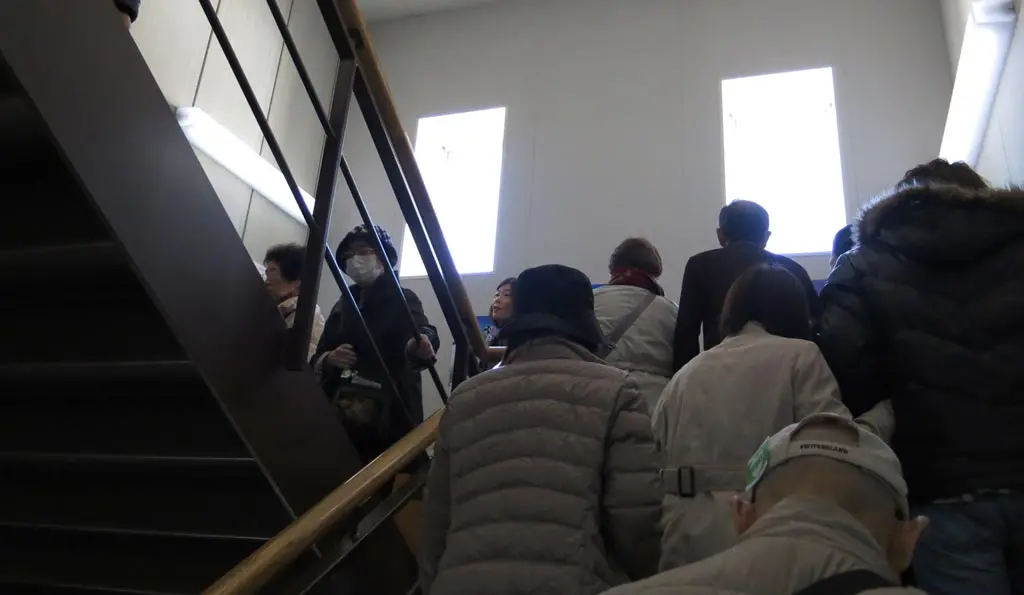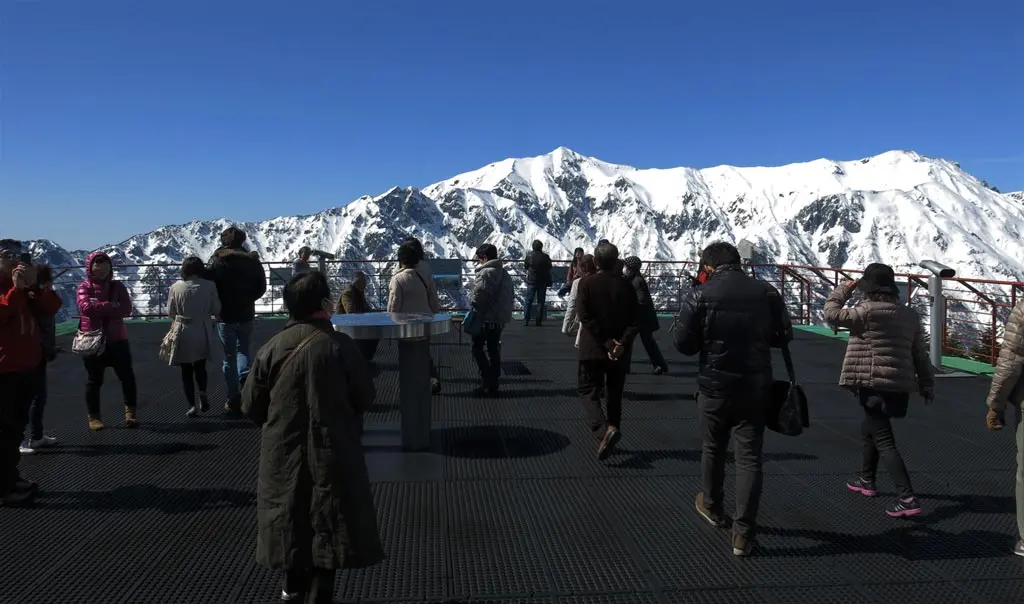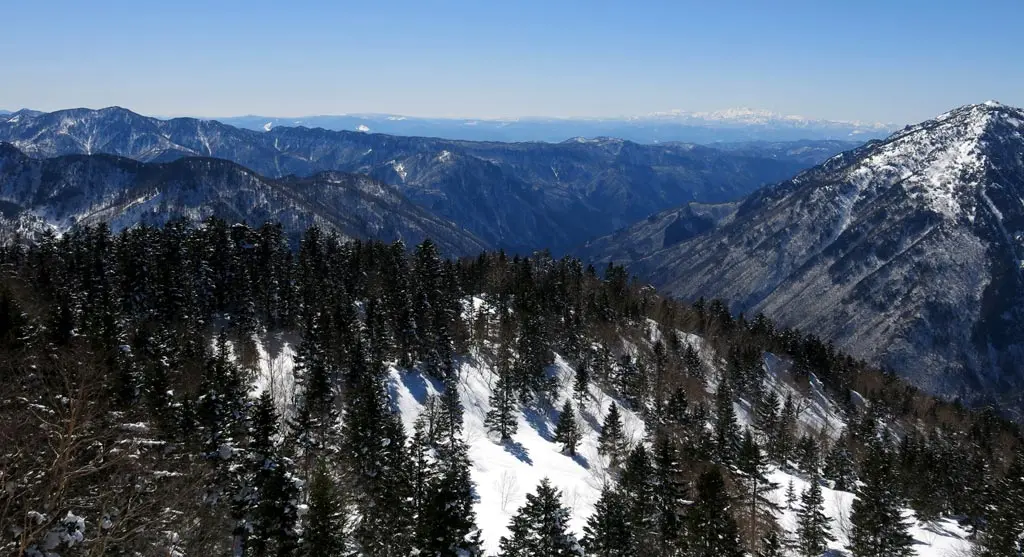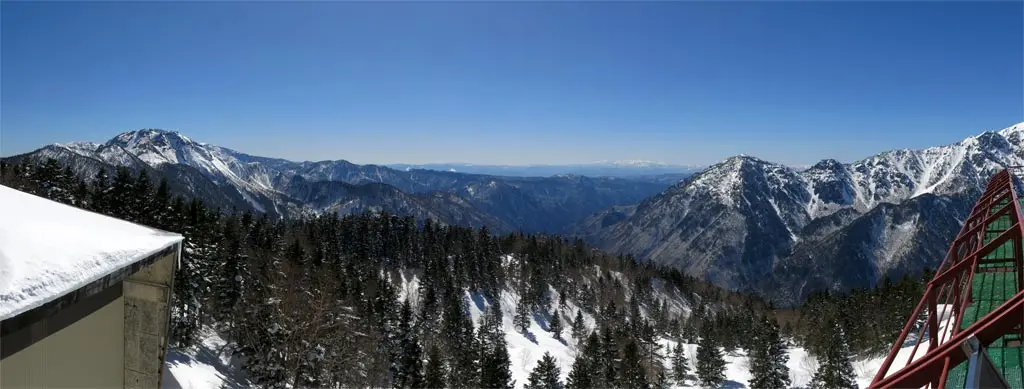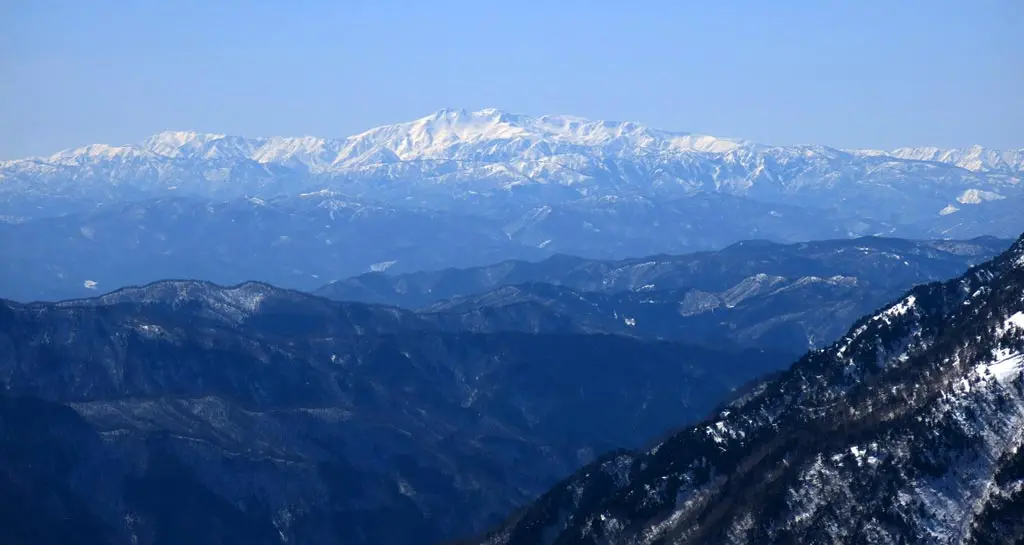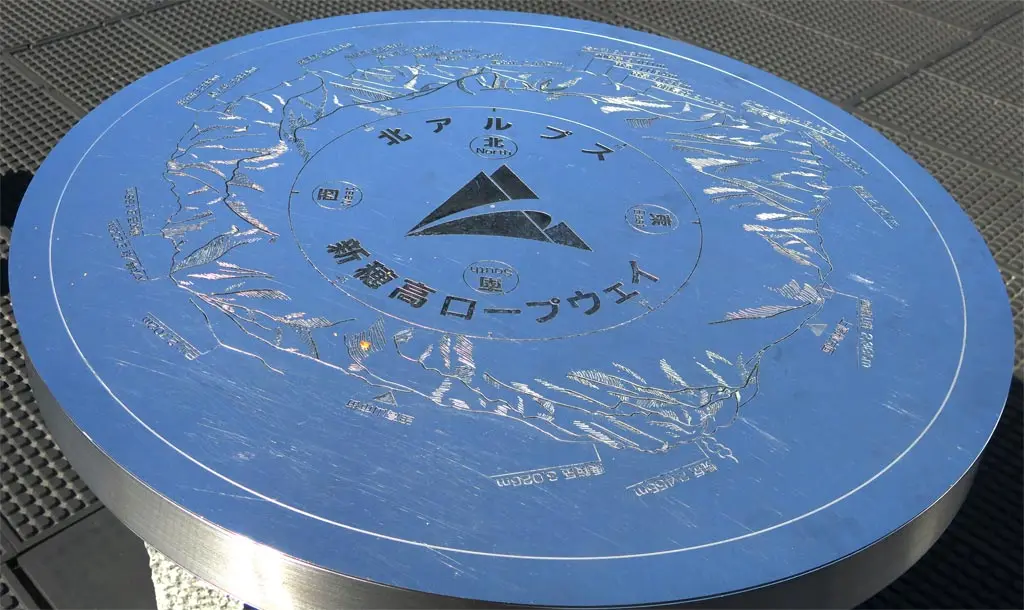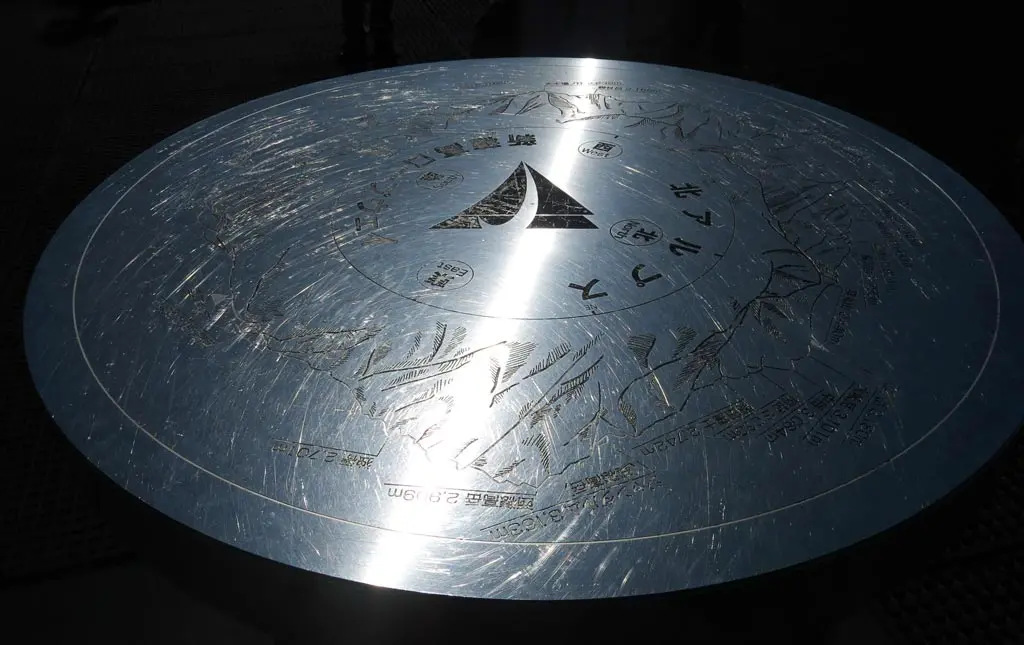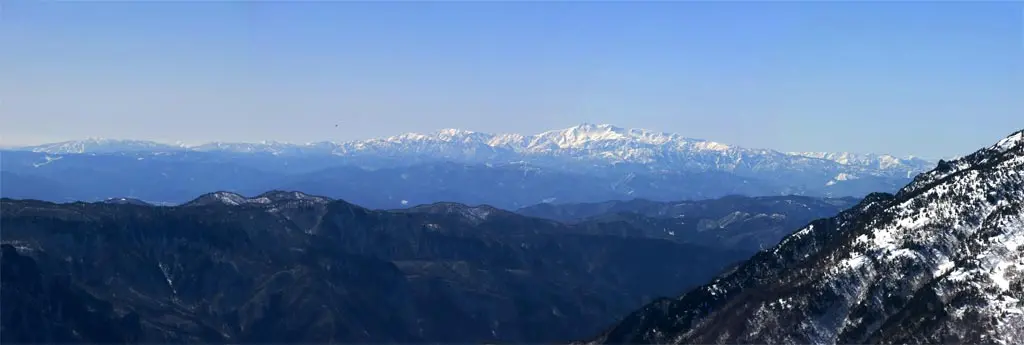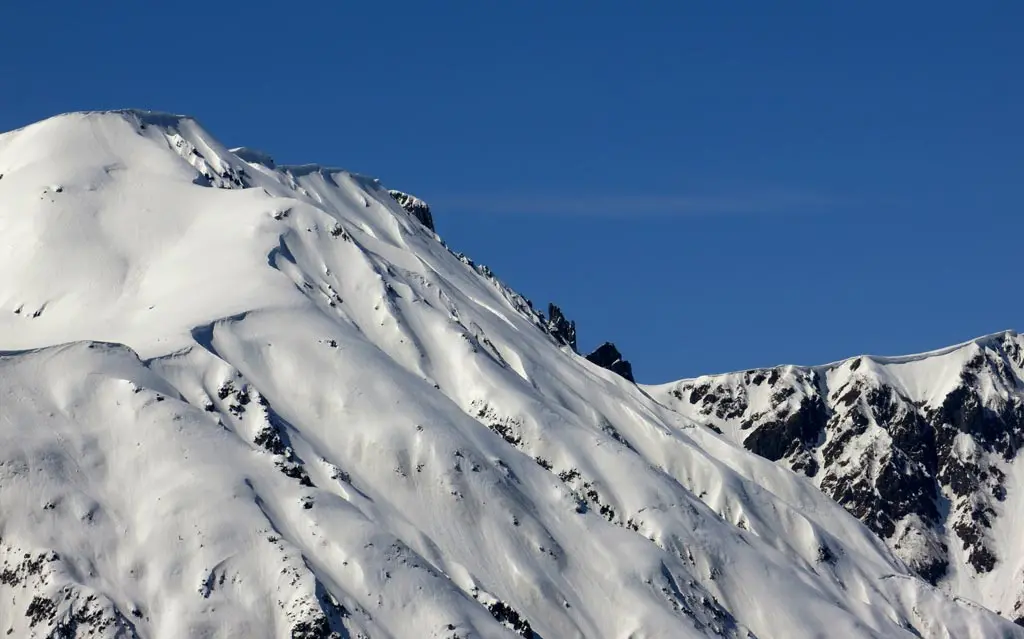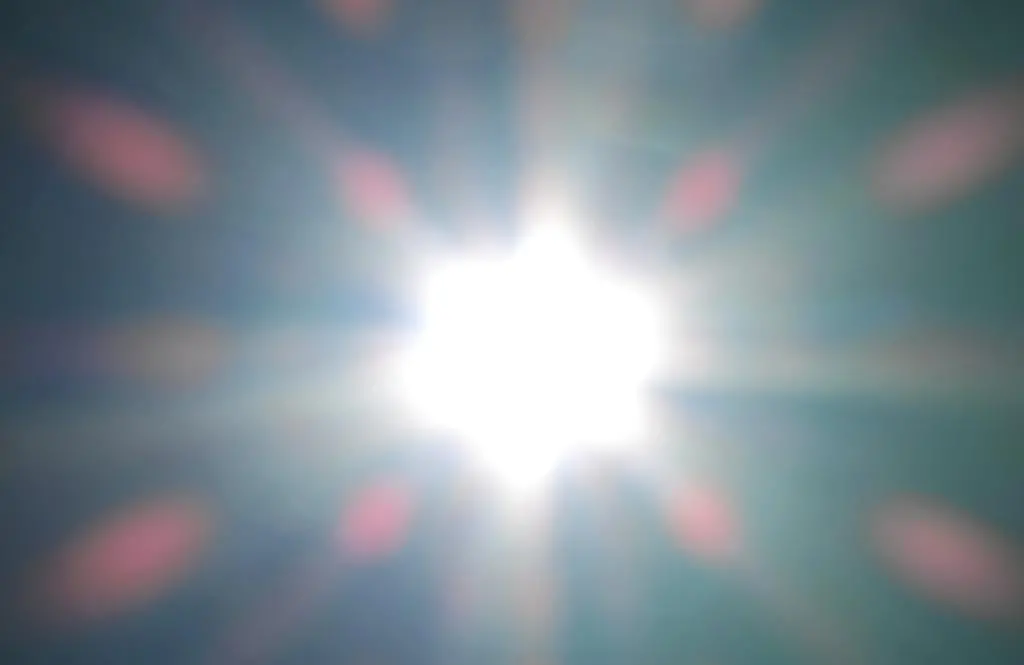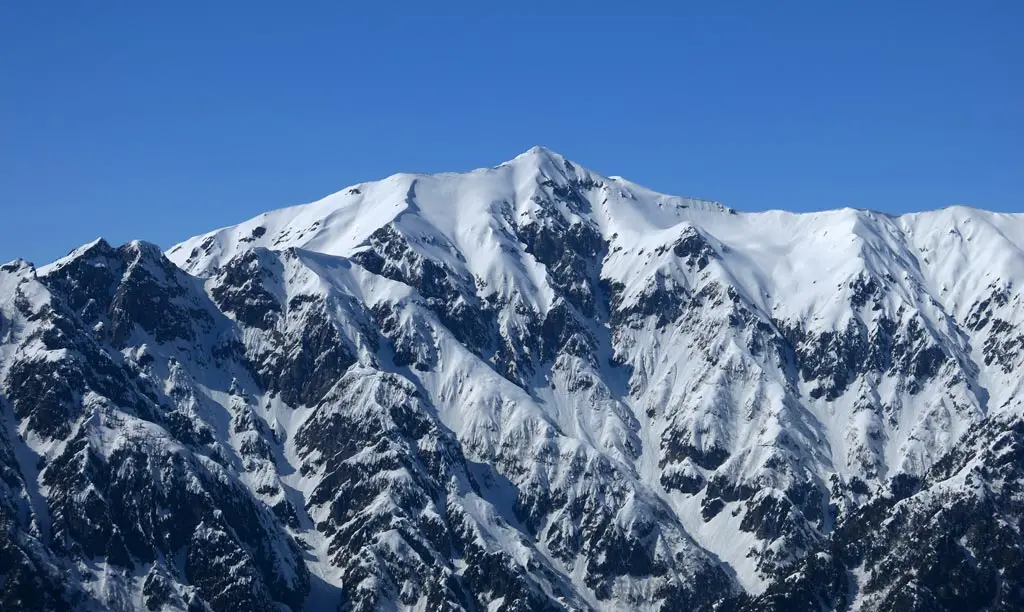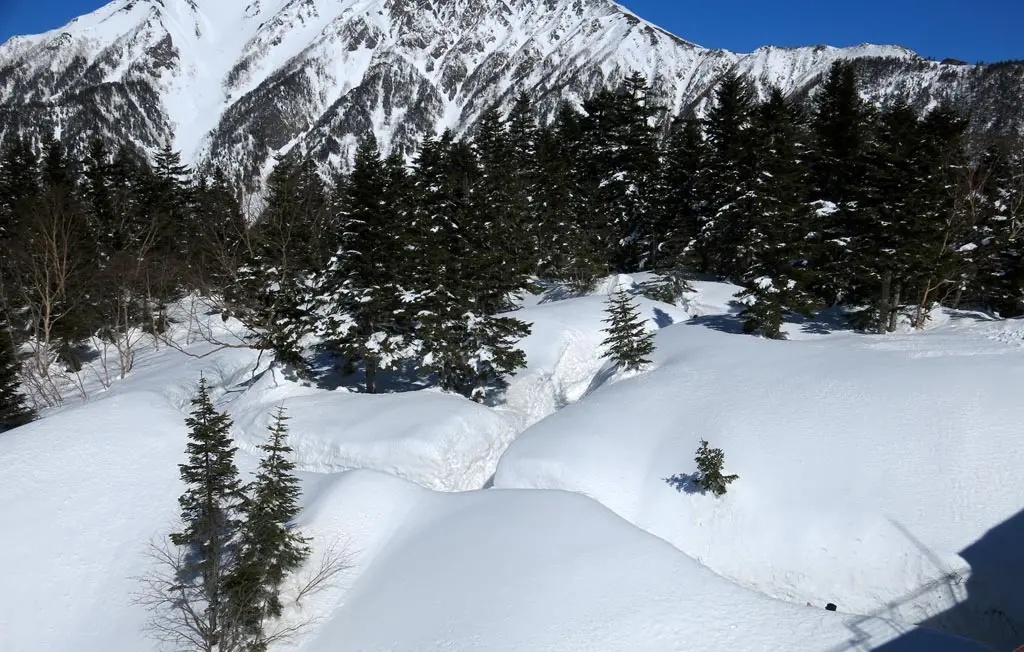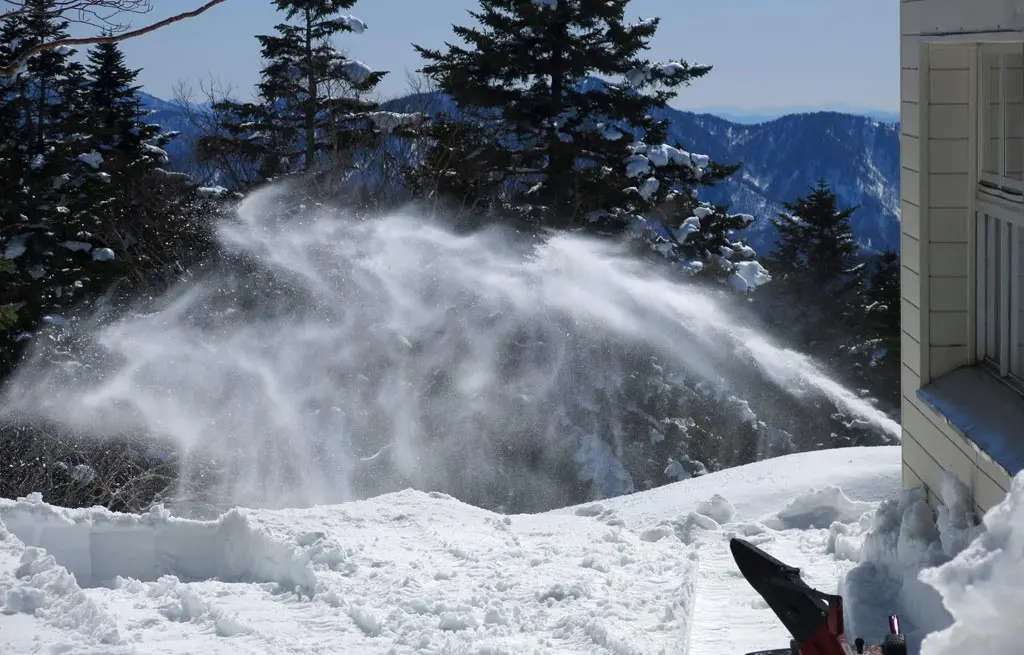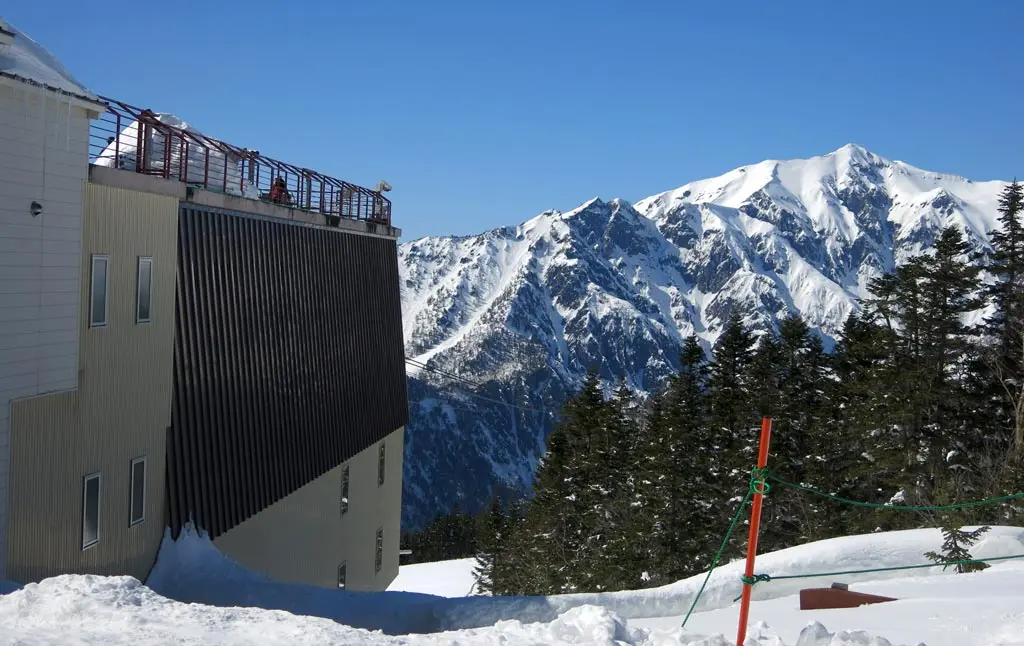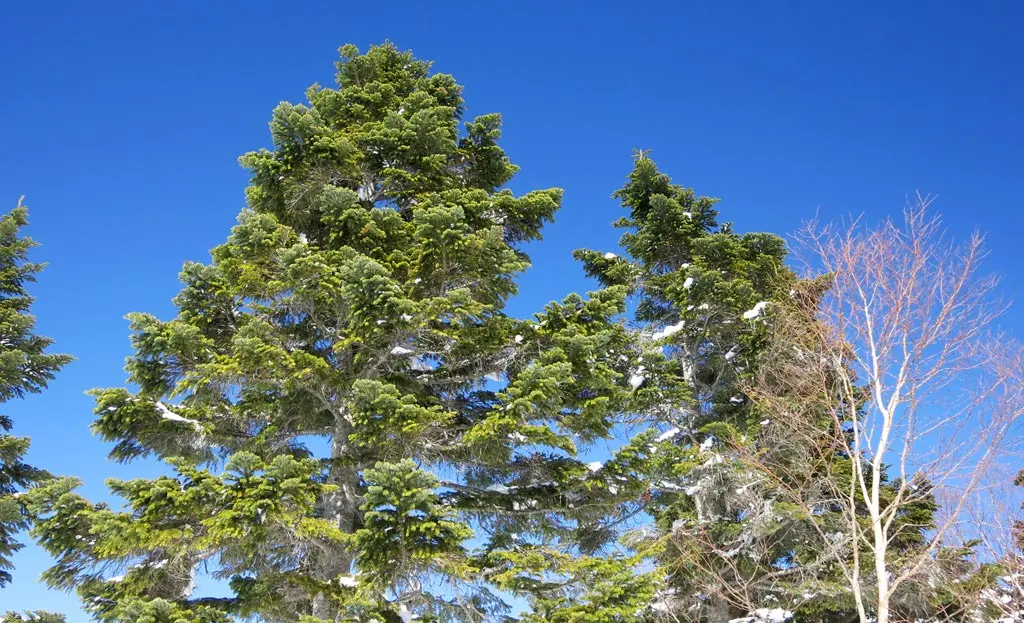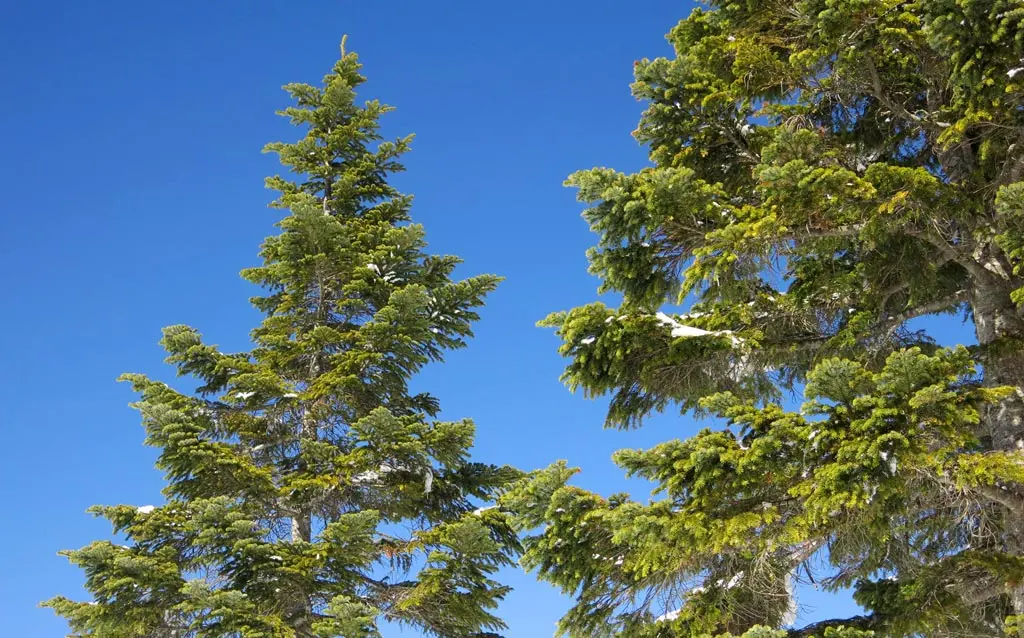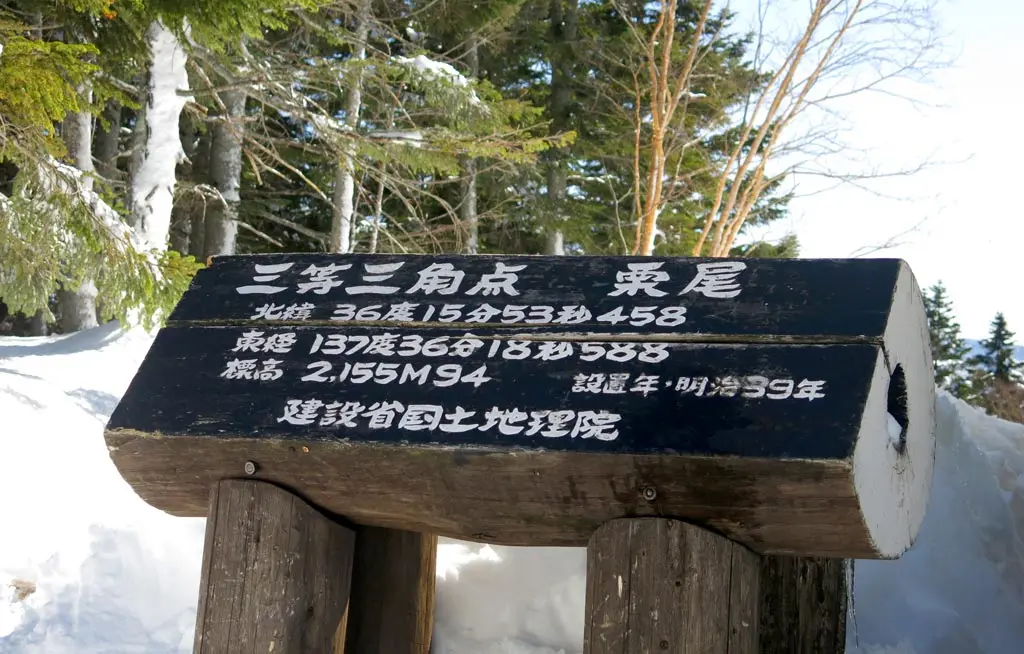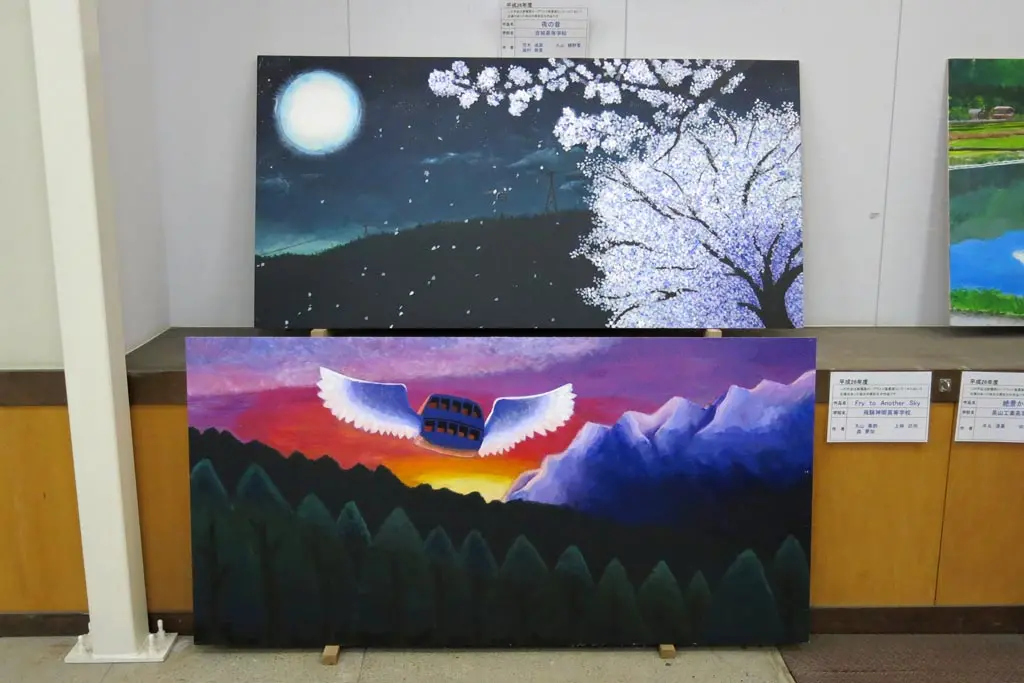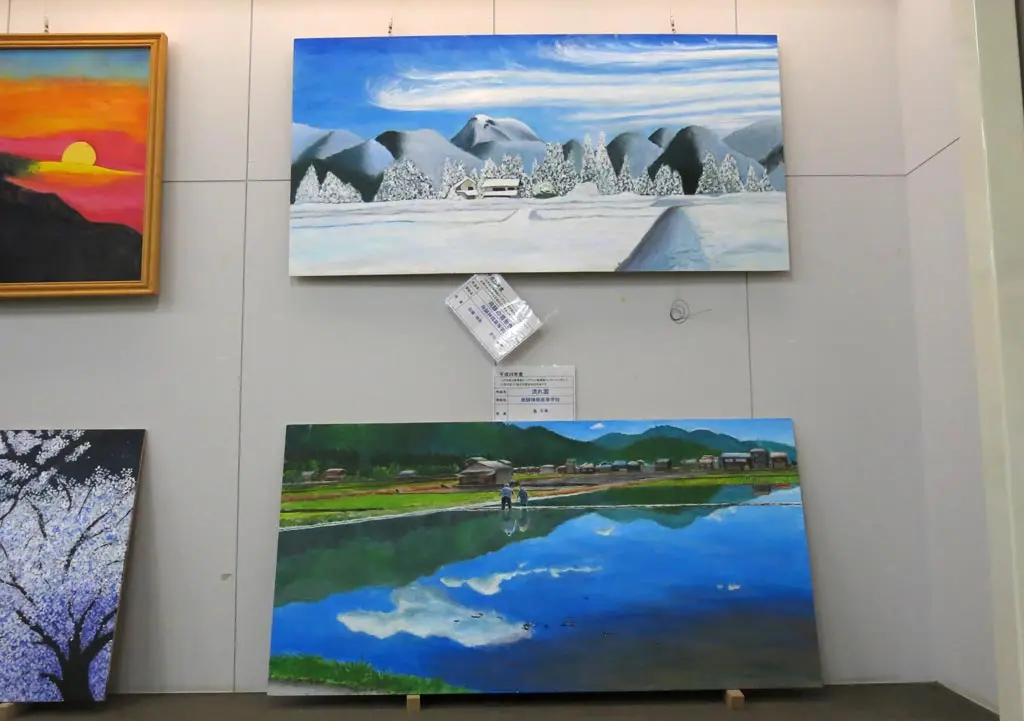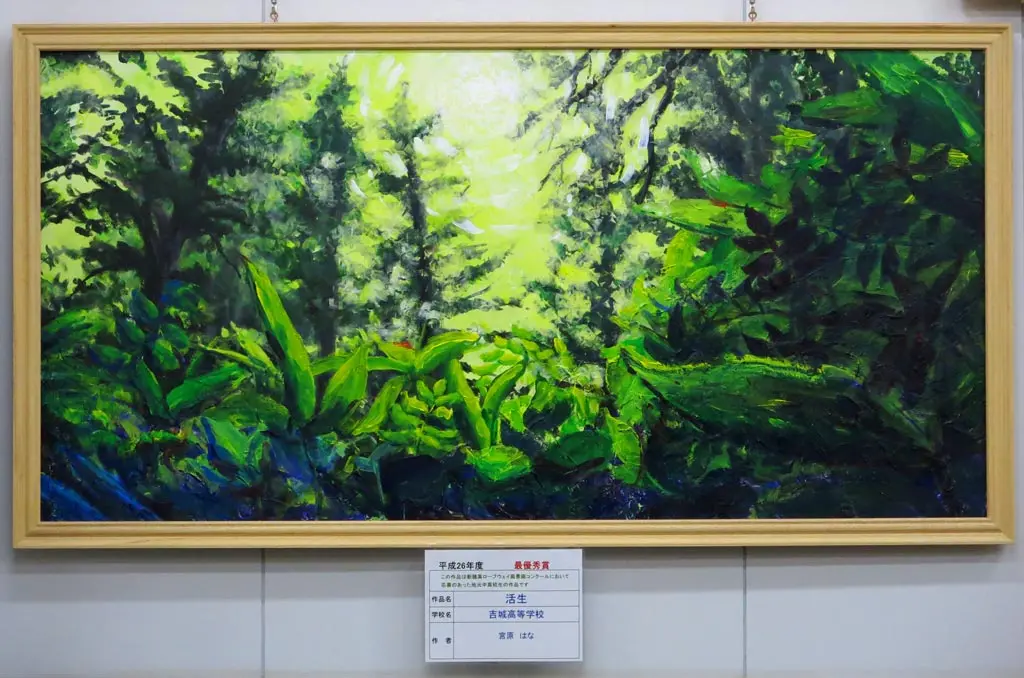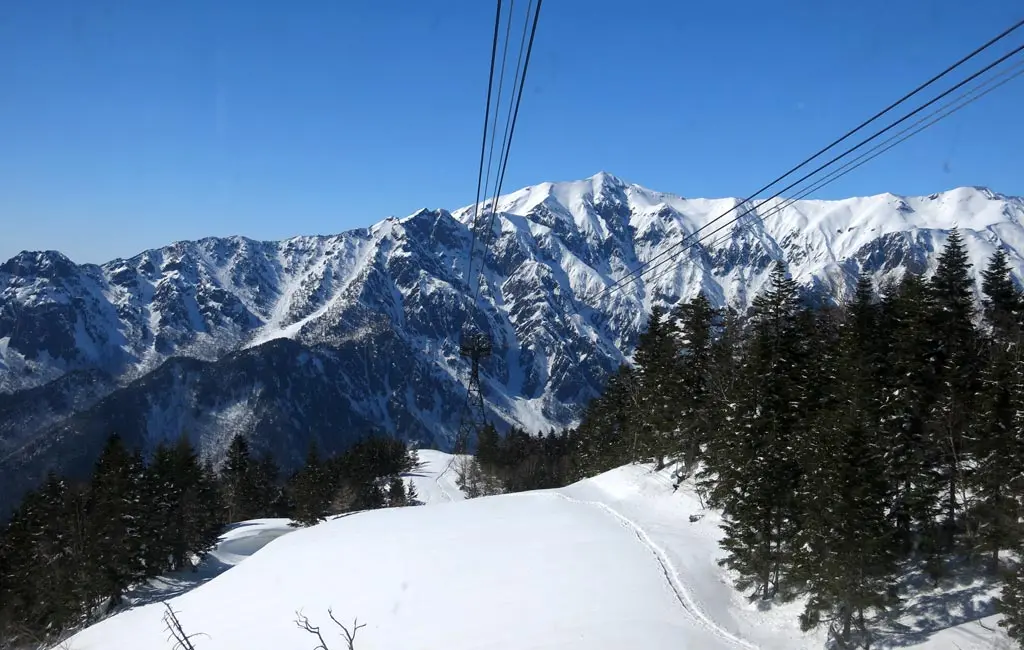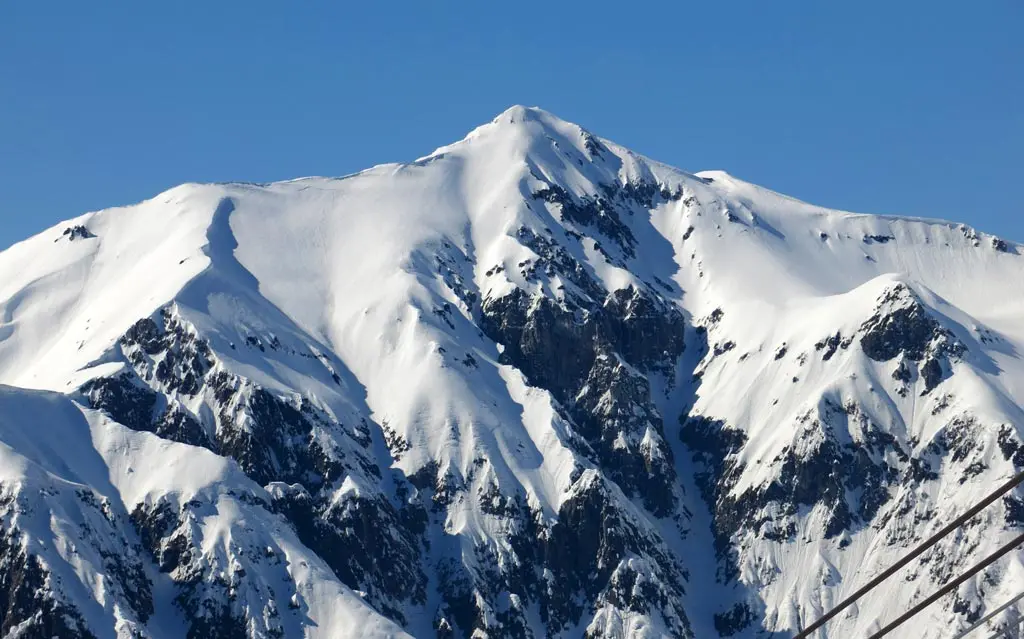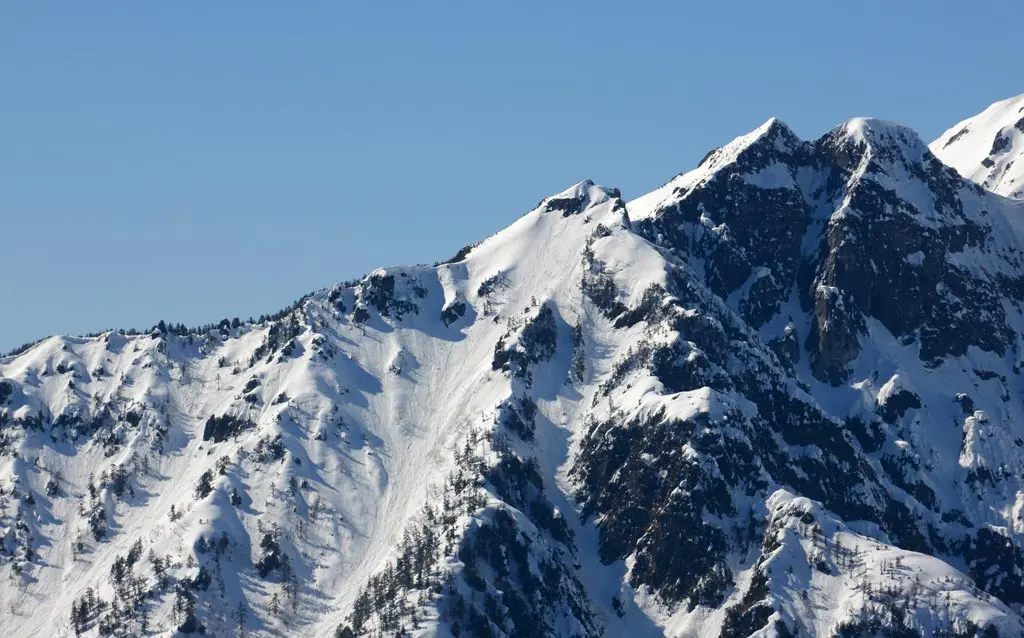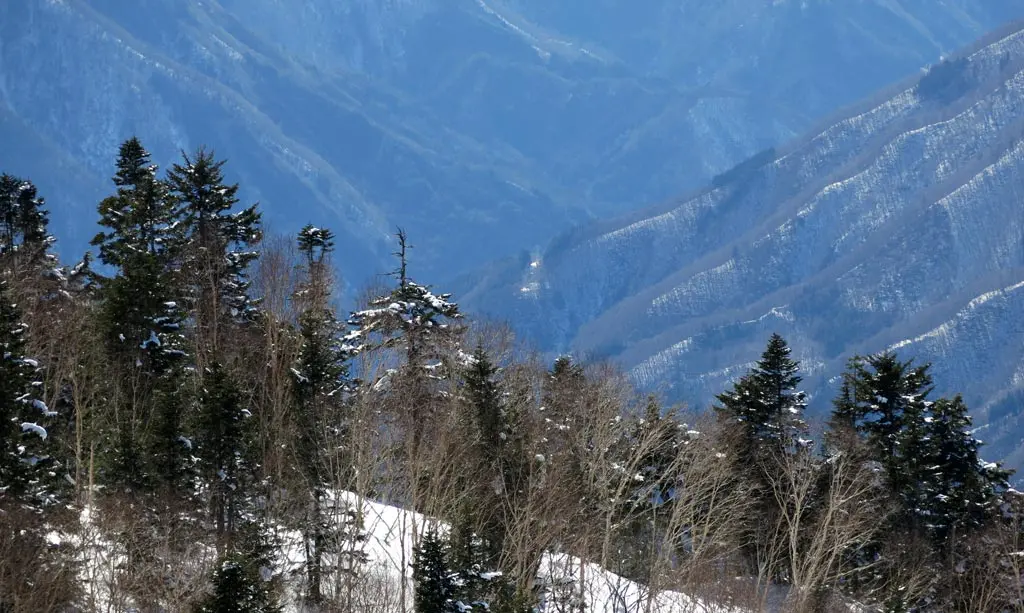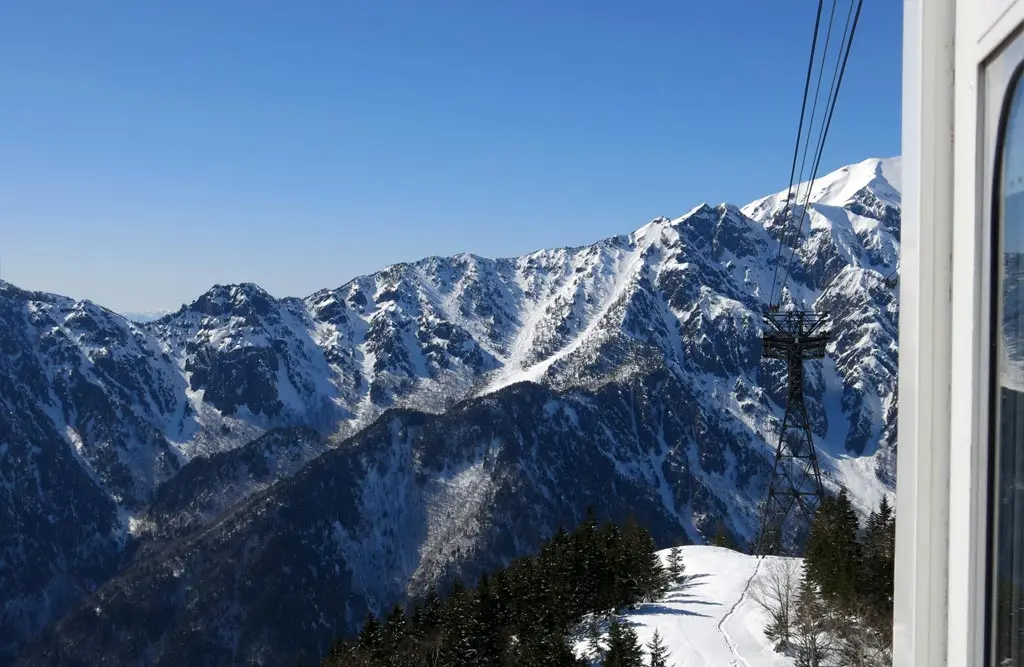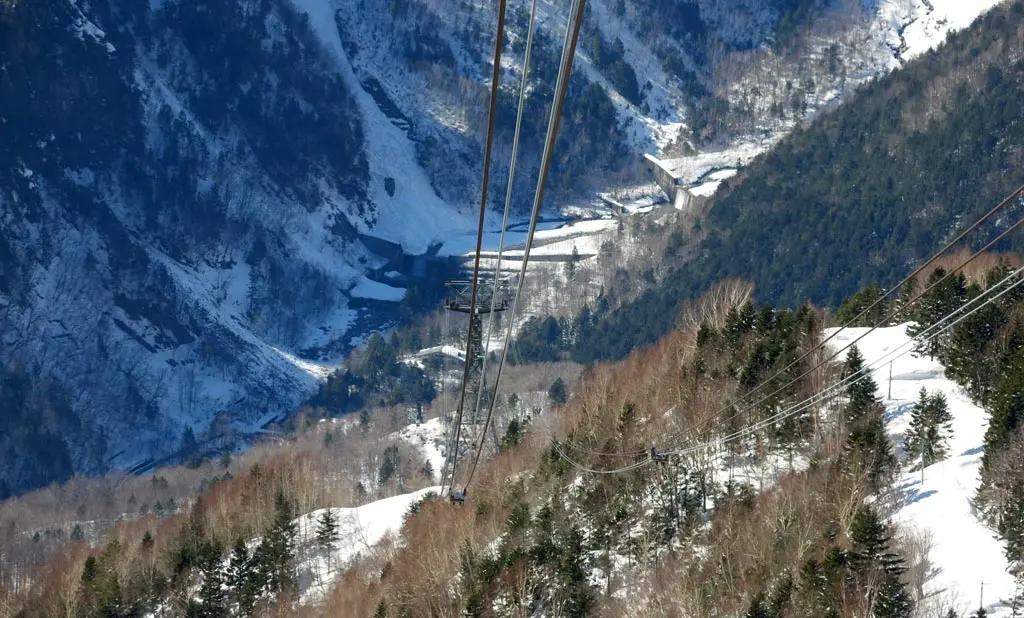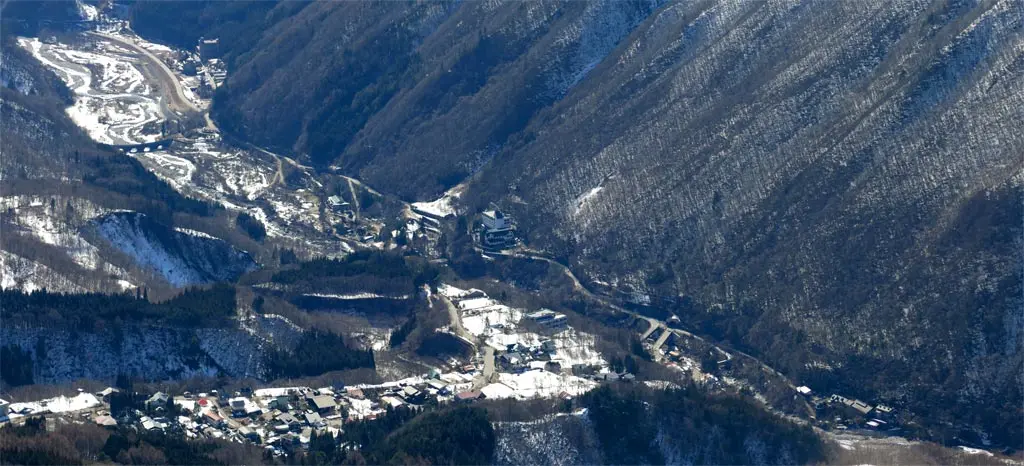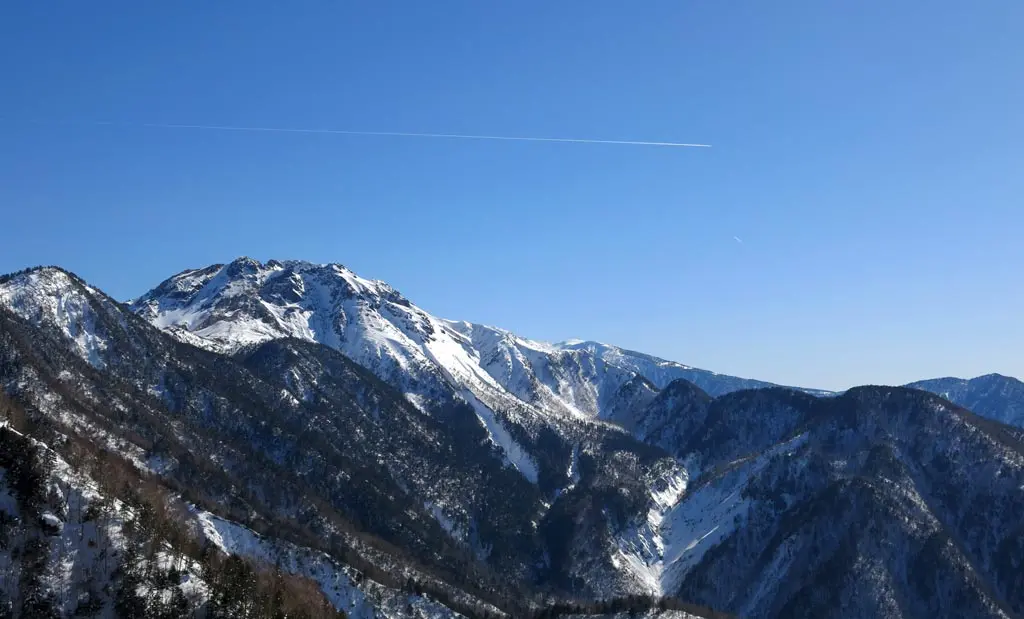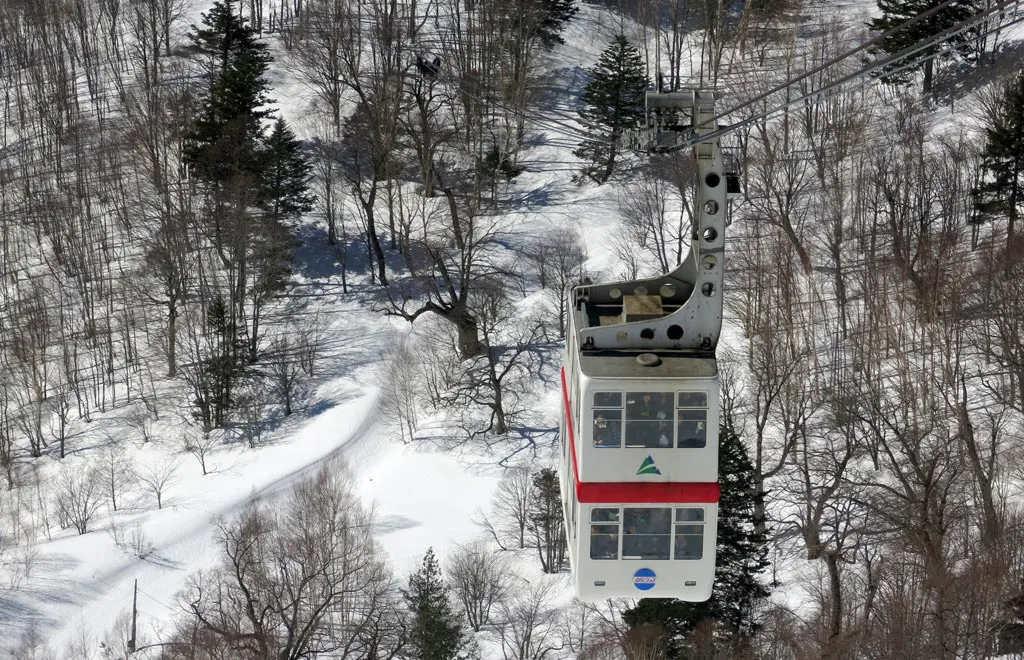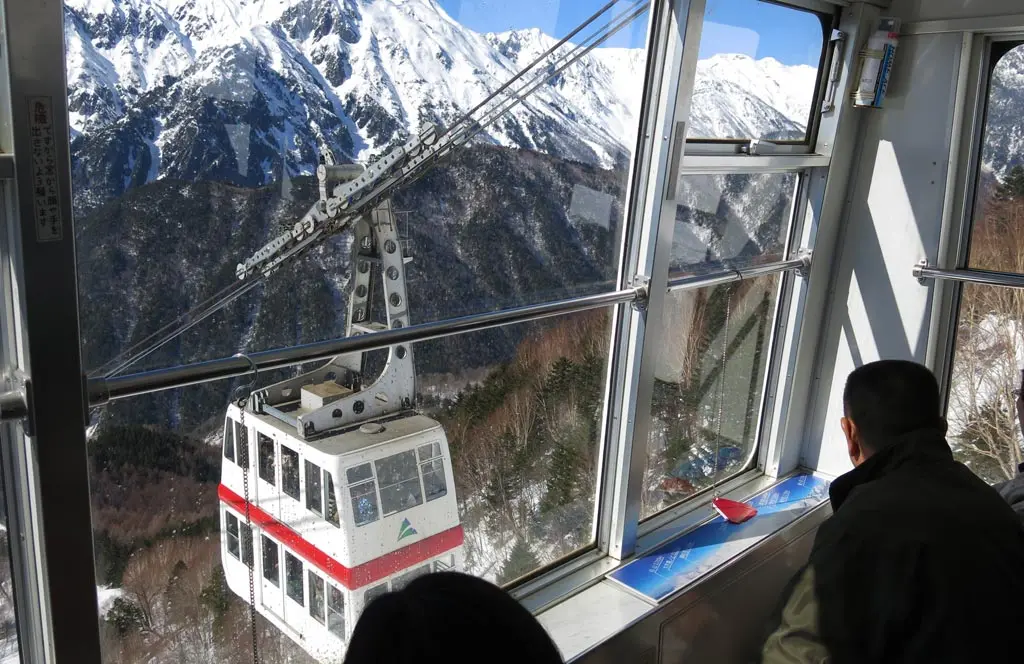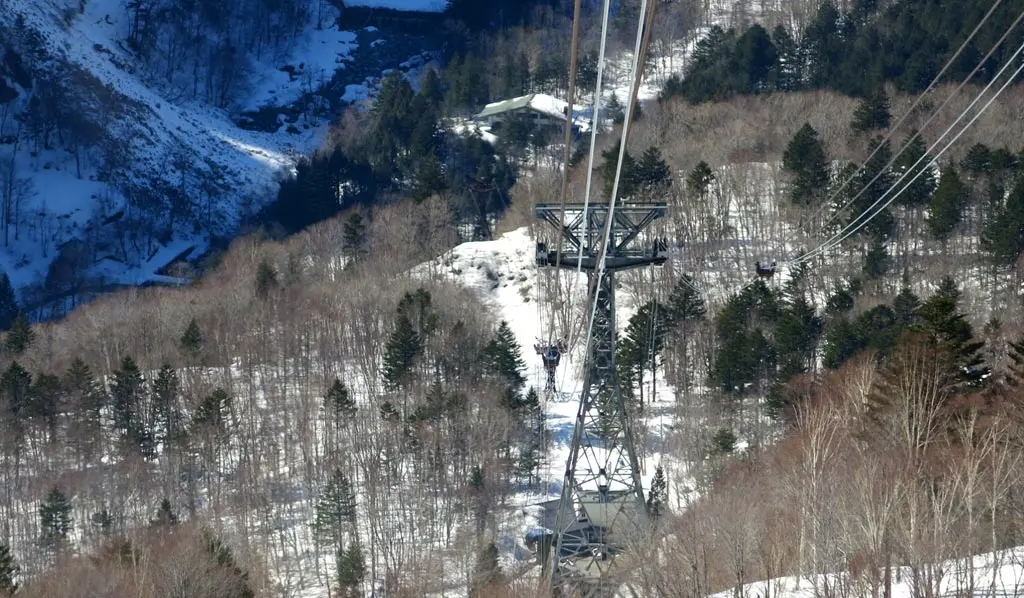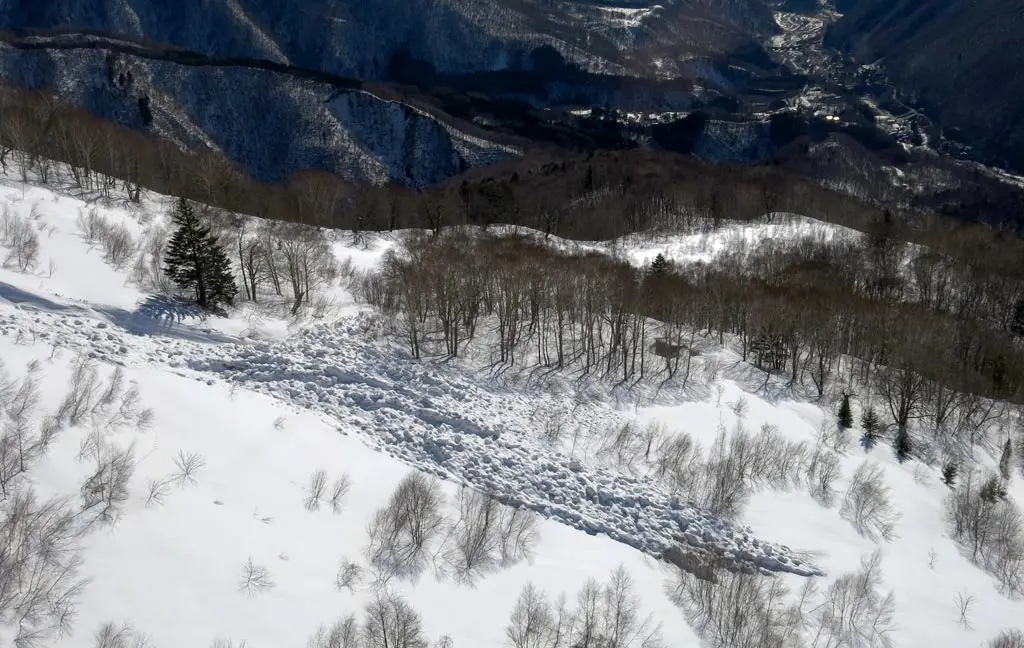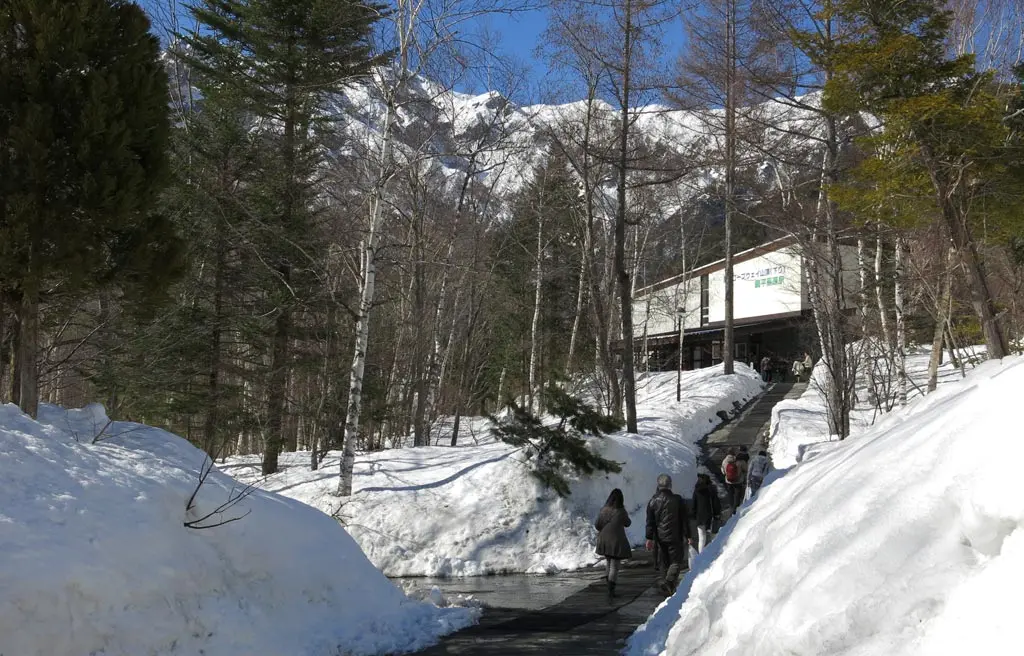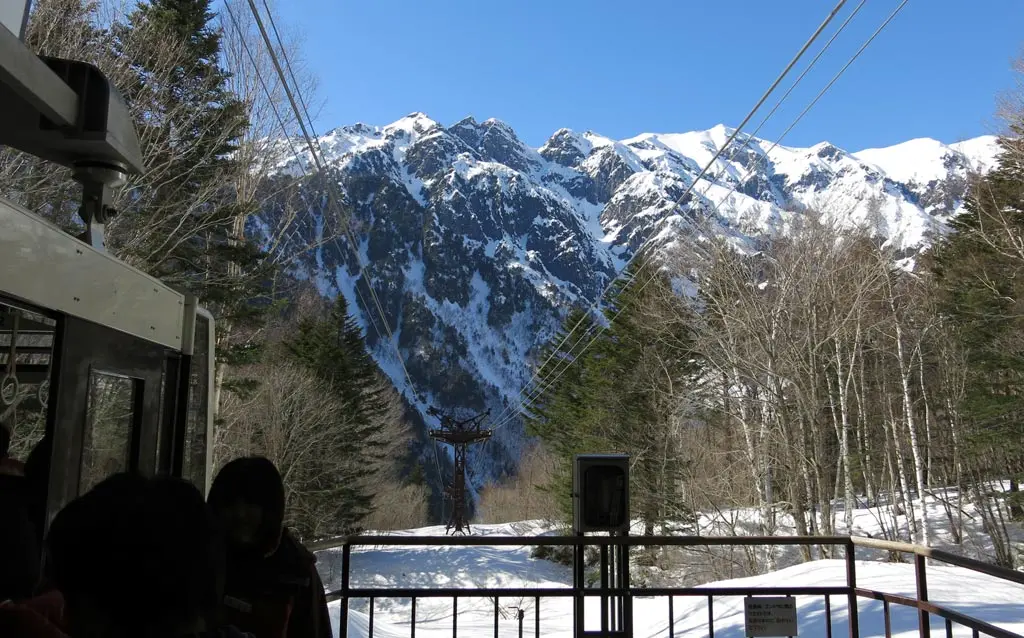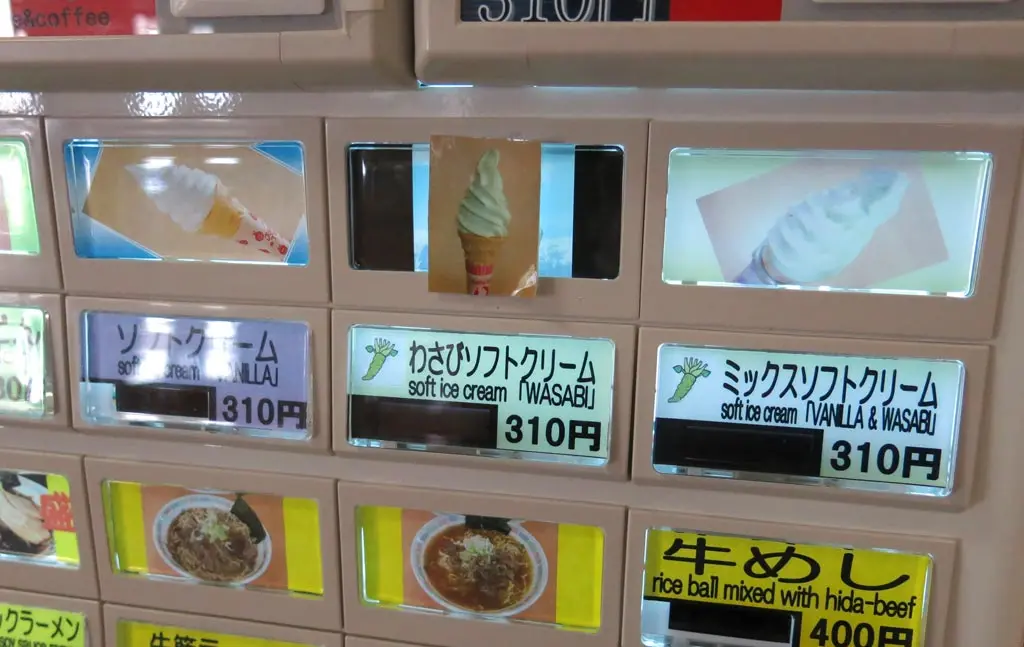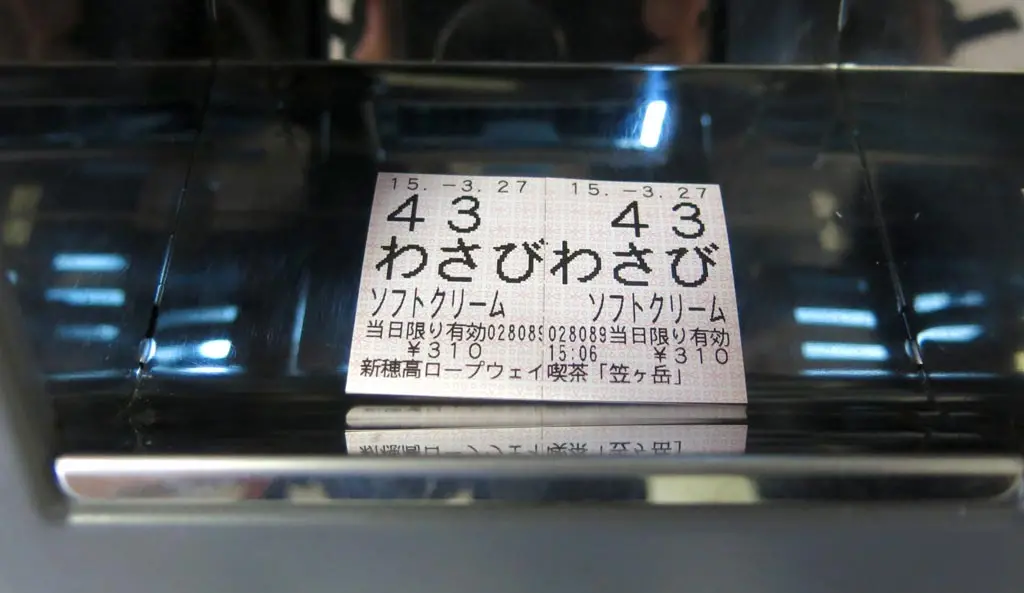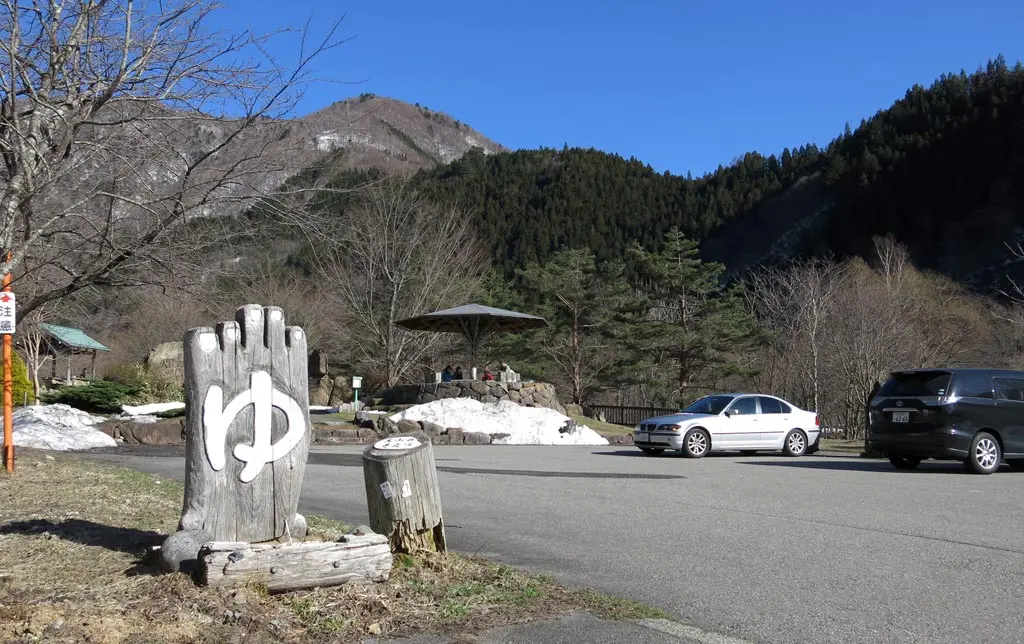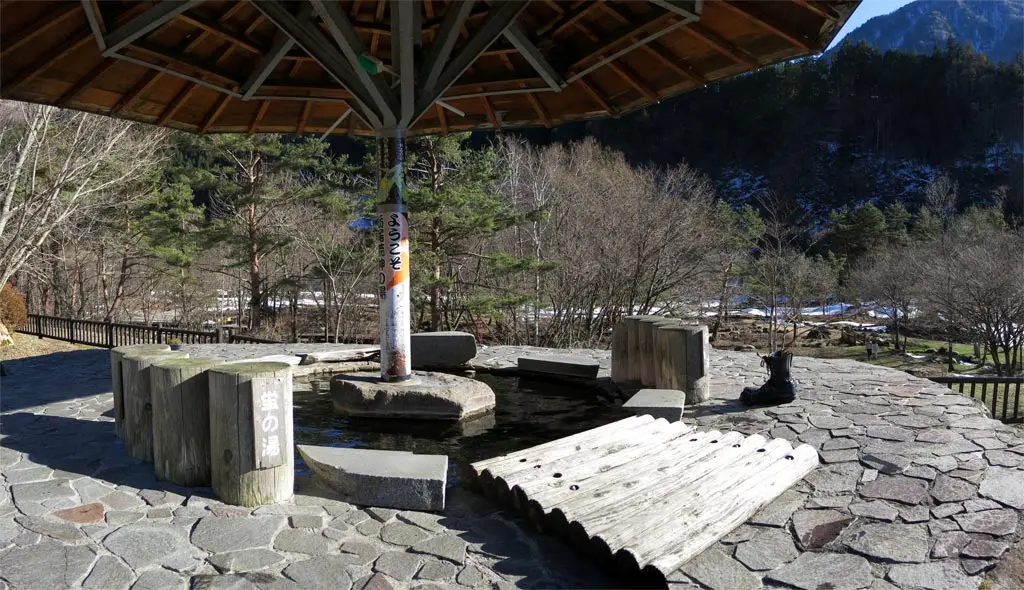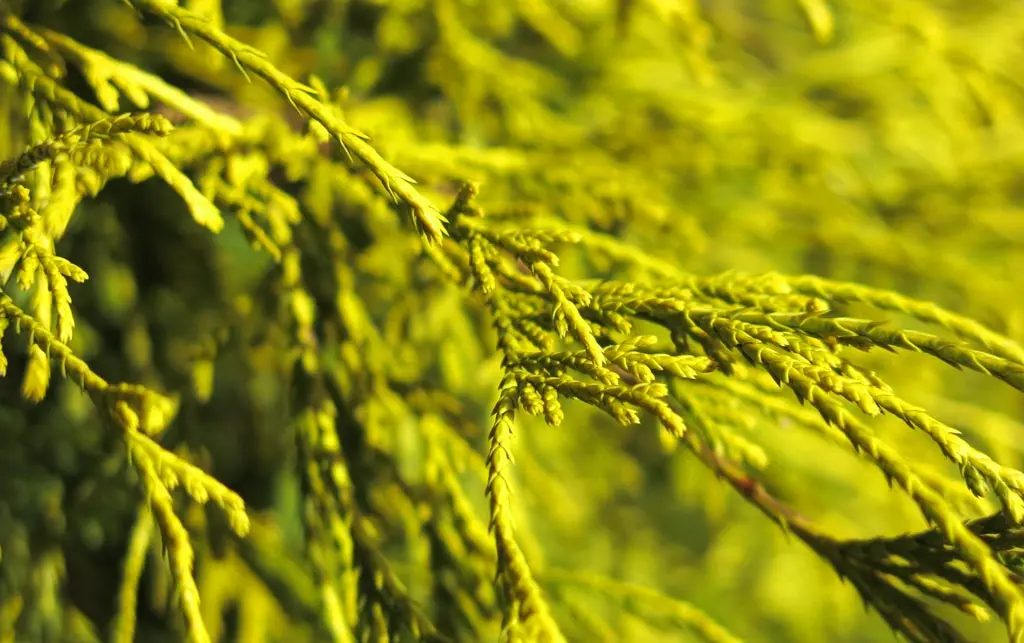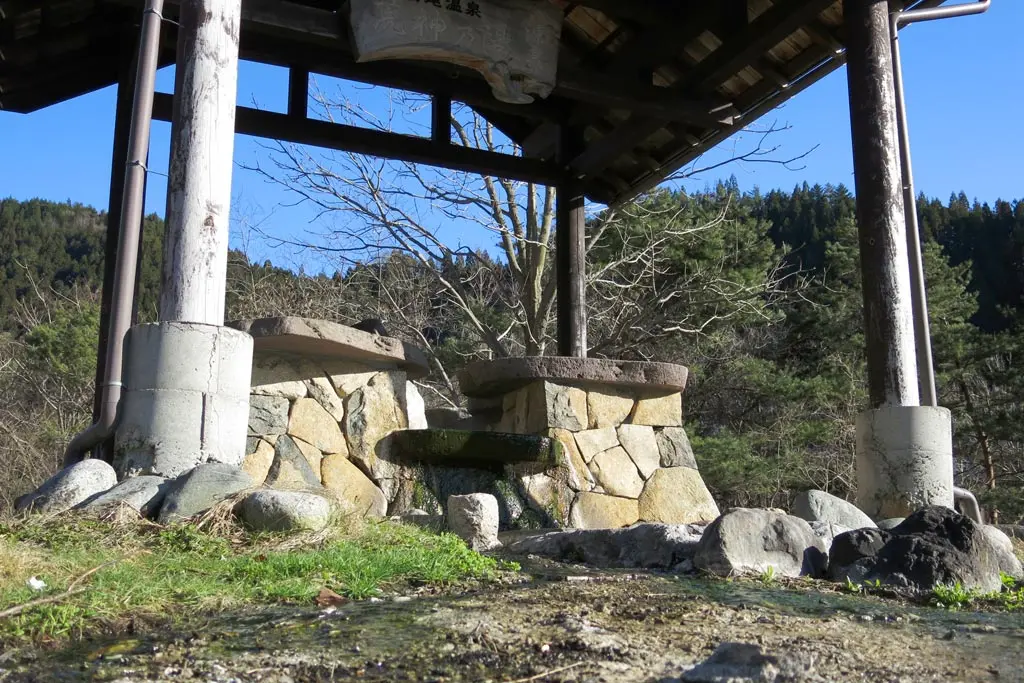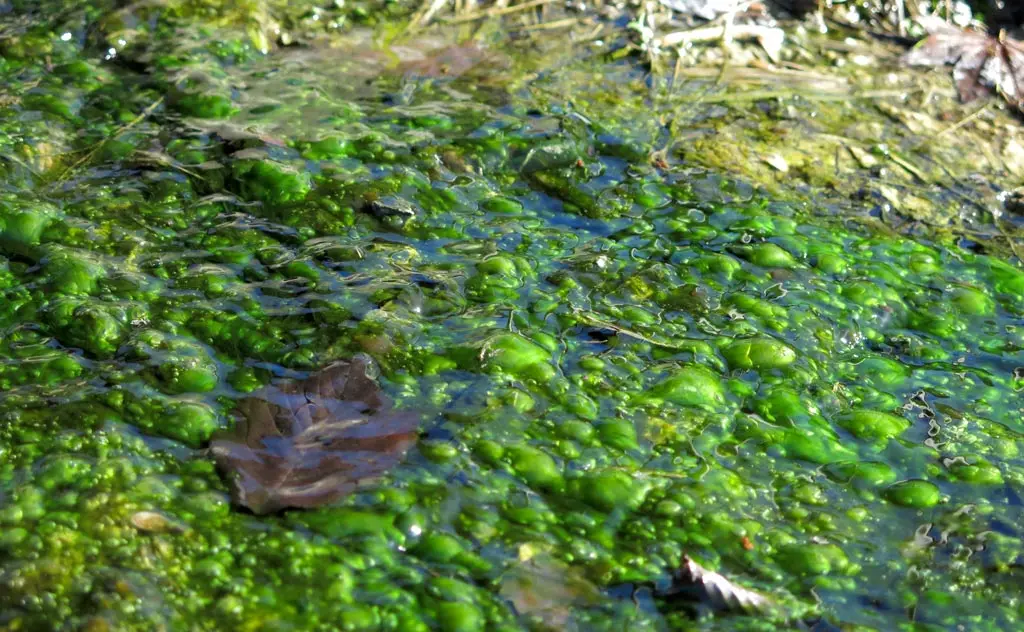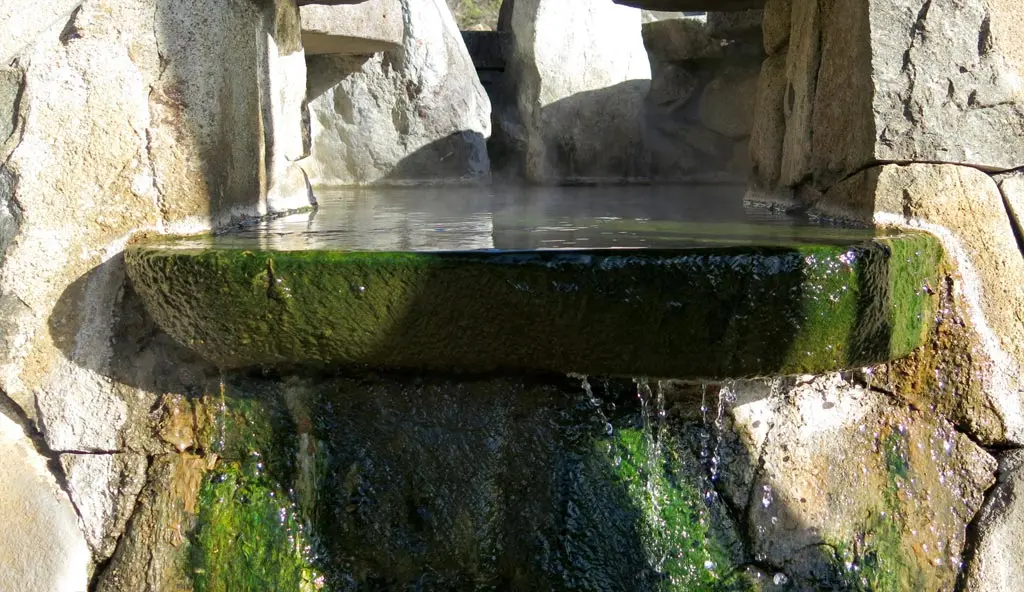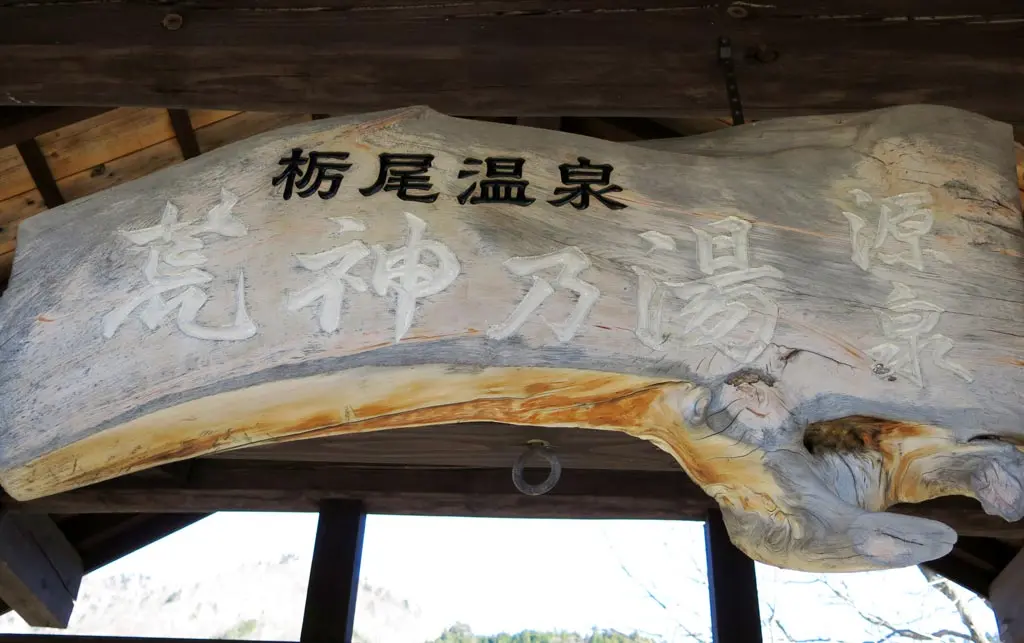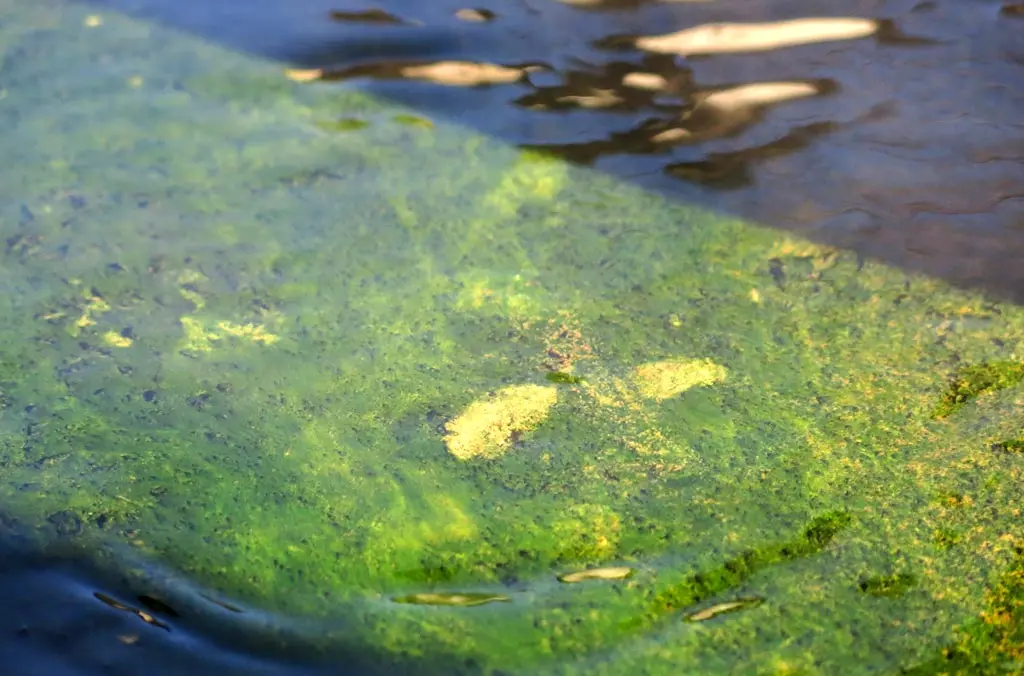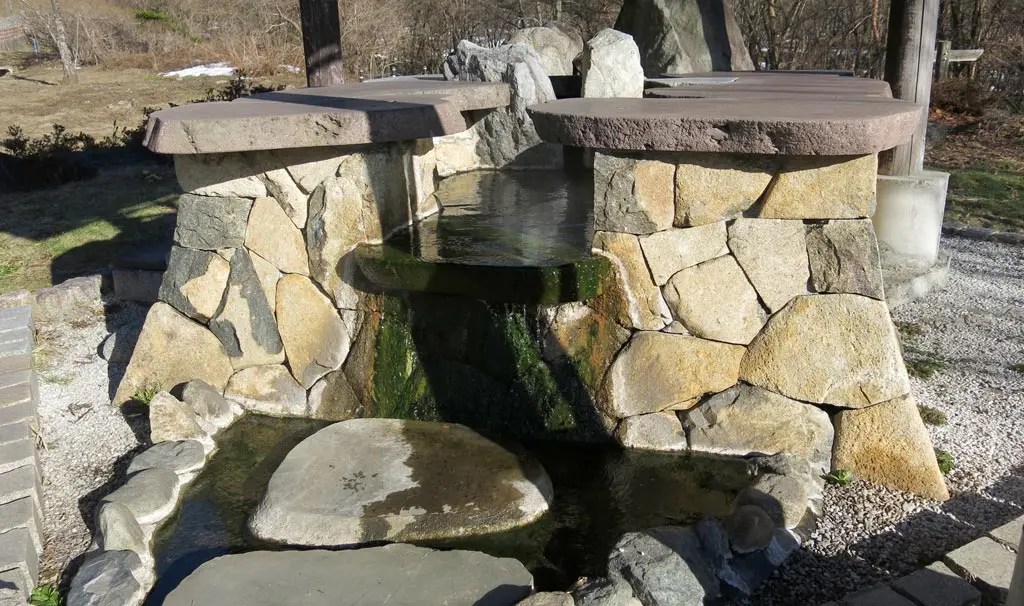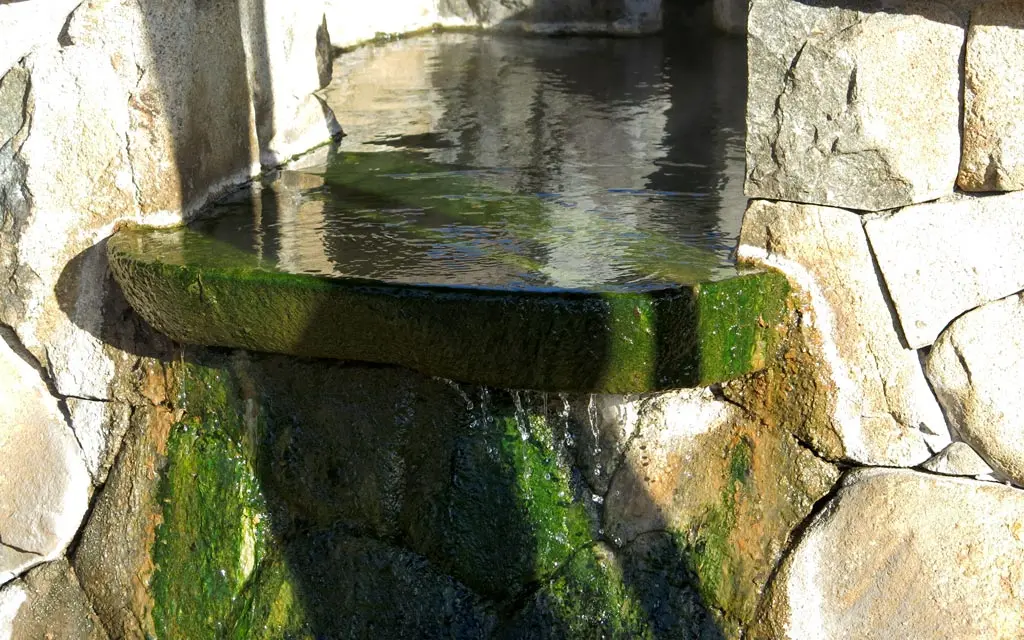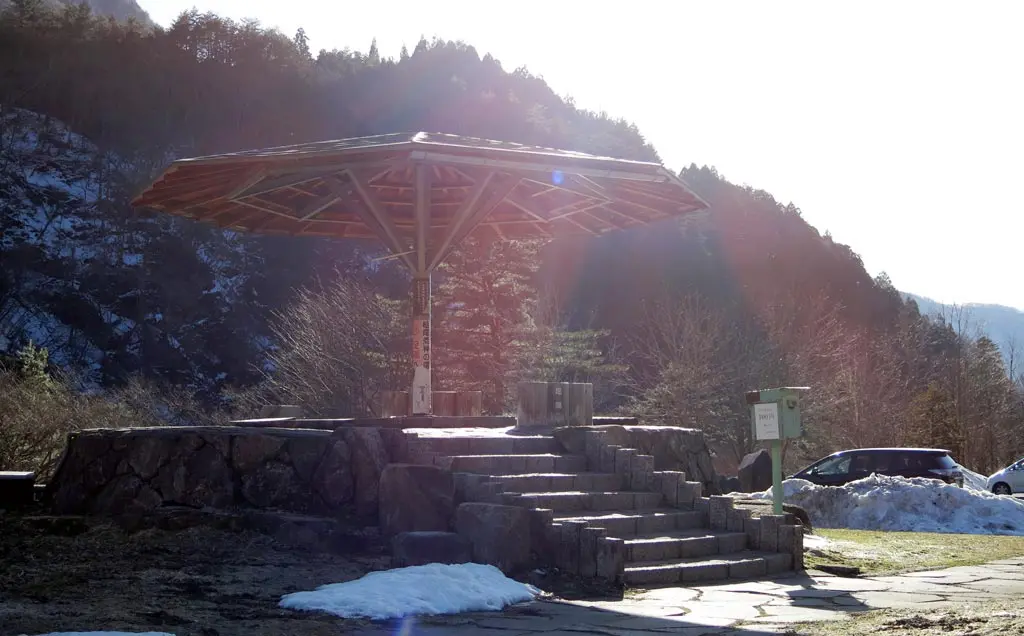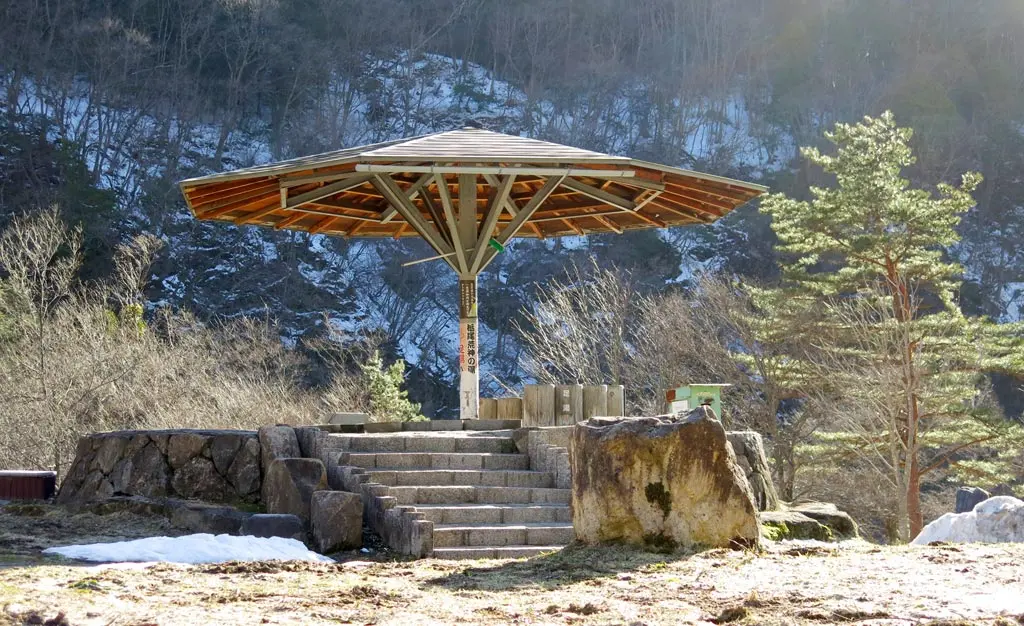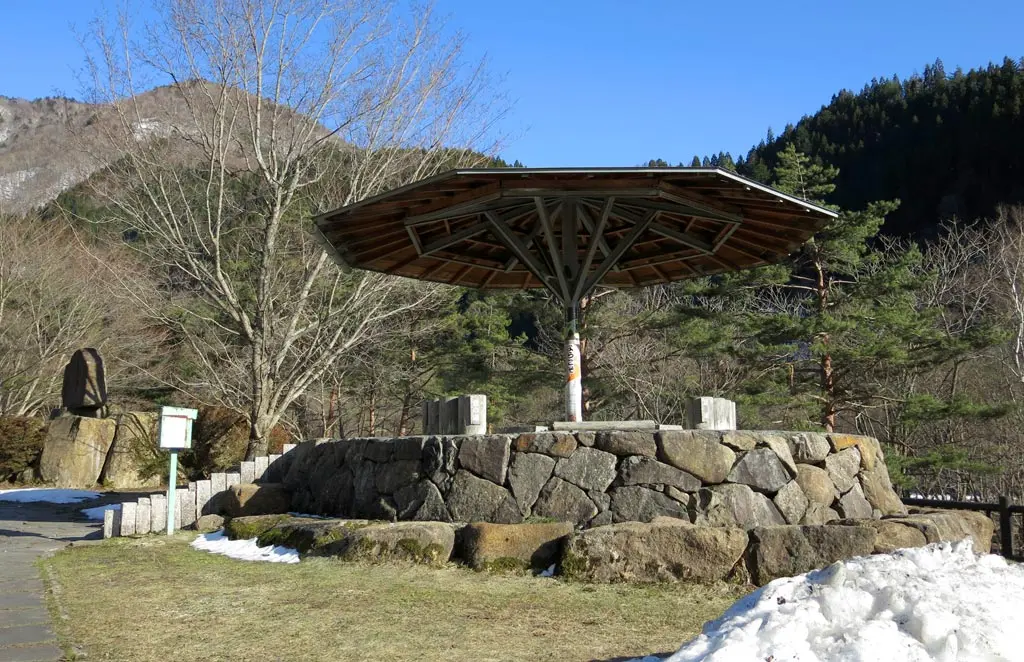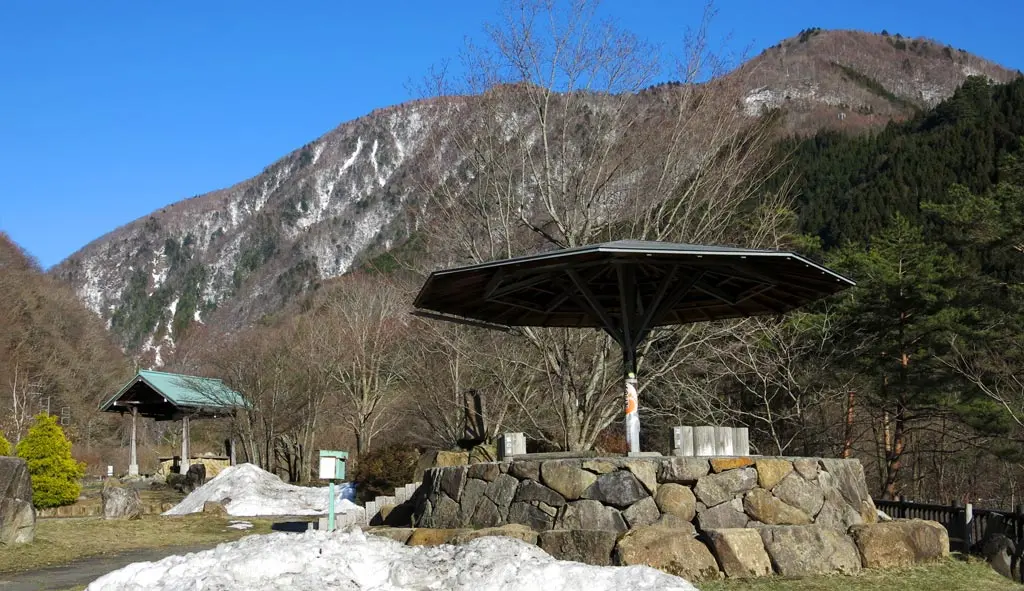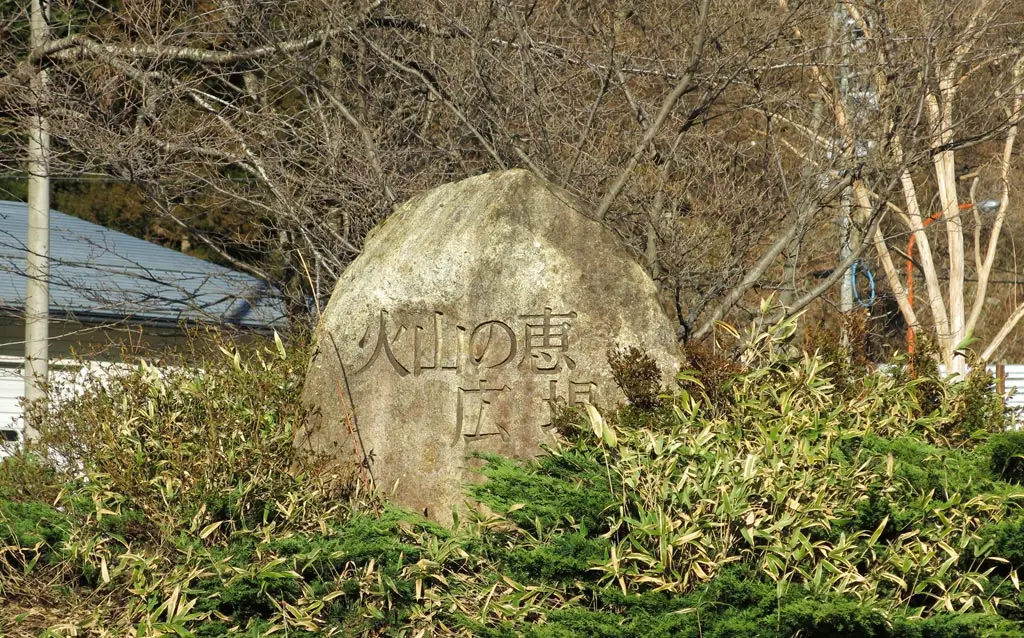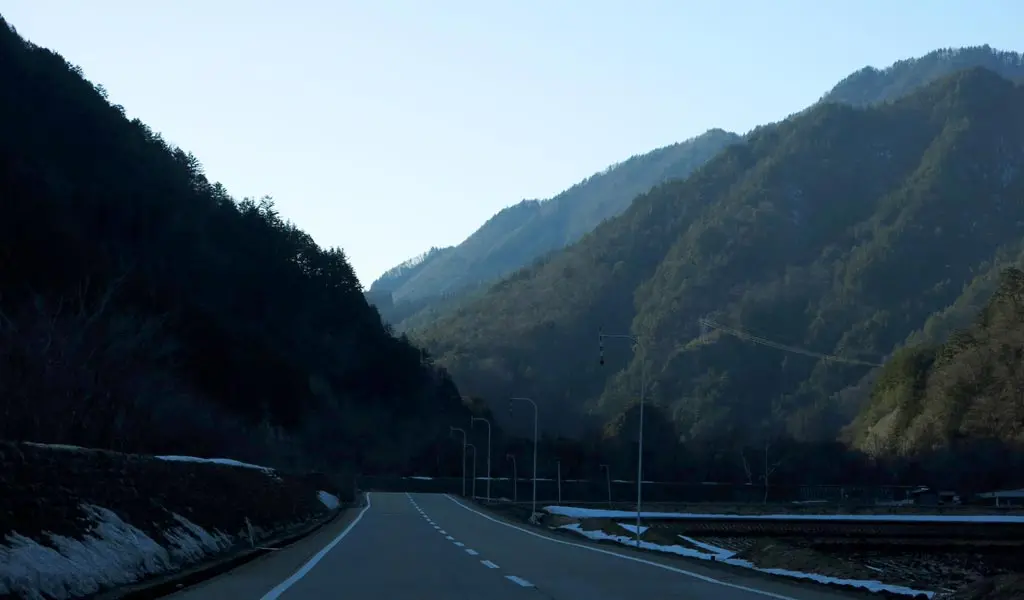Yesterday, it was way too nice outside to not go outside and take some photos. I was super hungover from drinking with teachers and parents the previous night, but it was too perfect a day to waste sleeping. A perfect day such as this requires a trip to the Shinhotaka Ropeway. On such a nice day, you can see everything the view has to offer.
Shinhotaka 新穂高 refers to the base area in Takayama underneath a collection of mountains known as Mount Hotaka 穂高岳. These mountains rest in northeastern Takayama bordering Nagano prefecture, and are some of the tallest mountains not only in Gifu, but all of Japan. The major peaks of Hotaka are Okuhotaka 奥穂高, Karasawa 涸沢, Kitahotaka 北穂高, Maehotaka 前穂高, and Nishihotaka 西穂高. Mount Norikura 乗鞍岳 is not part of the range, by the way. That is a separate mountain directly south from the Hotaka Range. Though the Hotaka Range is mostly obscured from view in downtown Takayama, I do have a clear view of these mountains everyday from my junior high school in Kiyomi.
I rolled out of bed around 10:30am, climbed into my car, and drove the 70 minutes to the ropeway station.
The Shinhotaka Ropeway is a gondola ride that brings you to a station 2155 meters in the sky. It rests on a plateau on the side of Mount Nishihotakadake 西穂高岳, which has an altitude of 2909 meters.
There are two stations at the bottom of the mountain, and another gondola ride between them. I parked at the lower station.
The above photo shows a counterweight passing by. This is used to balance the weight from the other car carrying passengers. The lower ropeway used to have two cars running on its ropeway, but on January 19th, they had an accident. One of the cars (carrying 8 people at the time) was swaying back and forth and smashed into one of the support structures. One woman was injured, but not seriously.
On January 31st, only the second ropeway had reopened, and not until last week, March 20th, had full service resumed operation. The cause is not fully known yet, but I think they're simply blaming it on the heavy winds from that day. Here's an article about it: click!.
Inside the station, I bought my ticket, and waited for my ride. Entry is 2900円 ($29), which is not really that cheap.
On our way to the main ropeway station, the cabin attendant mentioned the accident over the intercom. This made some people gasp, and look around nervously. Of course, it was not windy in the slightest this day. Only a breeze.
From the second station, the gondola cars are much bigger, much bulkier, and much safer, too. We continued to ascend, and the summit came closer and closer.
We arrived. Everyone raced out of the car, and climbed the stairs to the top of the station.
From the top, the sky was the most blue I had every seen before in my life. I don't think I have ever seen the sky this blue. Every mountain was in clear view.
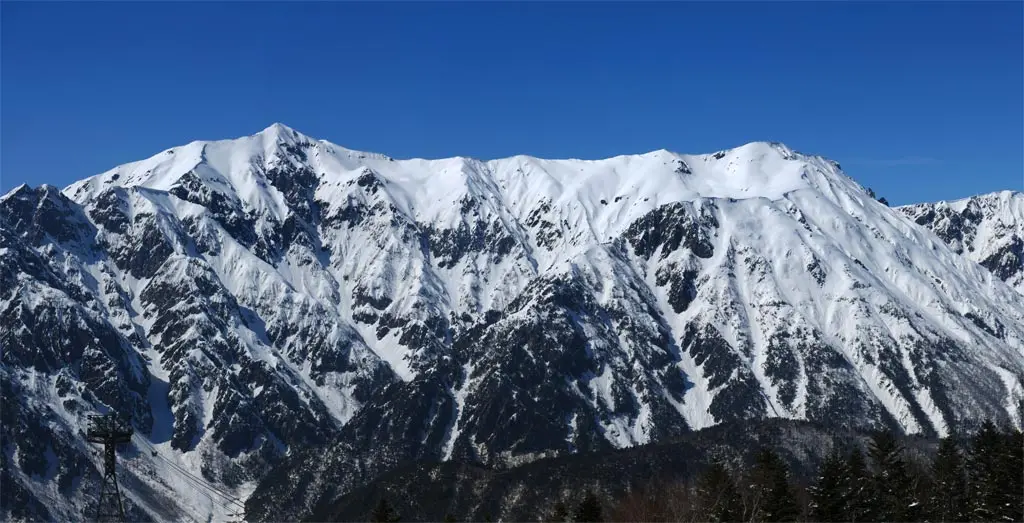
Directly to the north, and the first mountain I noticed from exiting the building is Mt. Kasagadake 笠ヶ岳 (2898m) which sits beside Mt. Nukedodake 抜戸岳 (2813m) on the right. On a clear day, I can see both of these mountains all the way from Kiyomi.
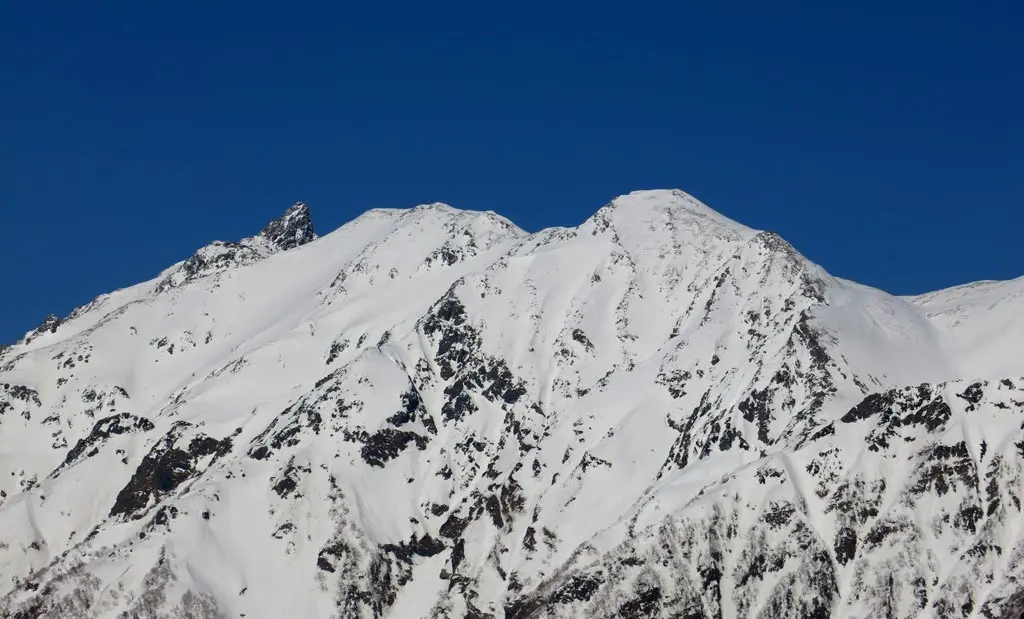
To the east are these three mountains. The tallest of them is Mt. Yarigadake 槍ヶ岳, which is the rocky peak behind the other two. In front are Mt. Obamidake 大喰岳 (3101m) (left) and Mt. Nakadake 中岳 (3084m) (right).
Yarigadake is a further east than these other mountains. On most days, clouds obscure its view. It is the tallest of all mountains in view, second tallest of the Japanese Alps, and the fifth tallest mountain in Japan at 3180 meters.
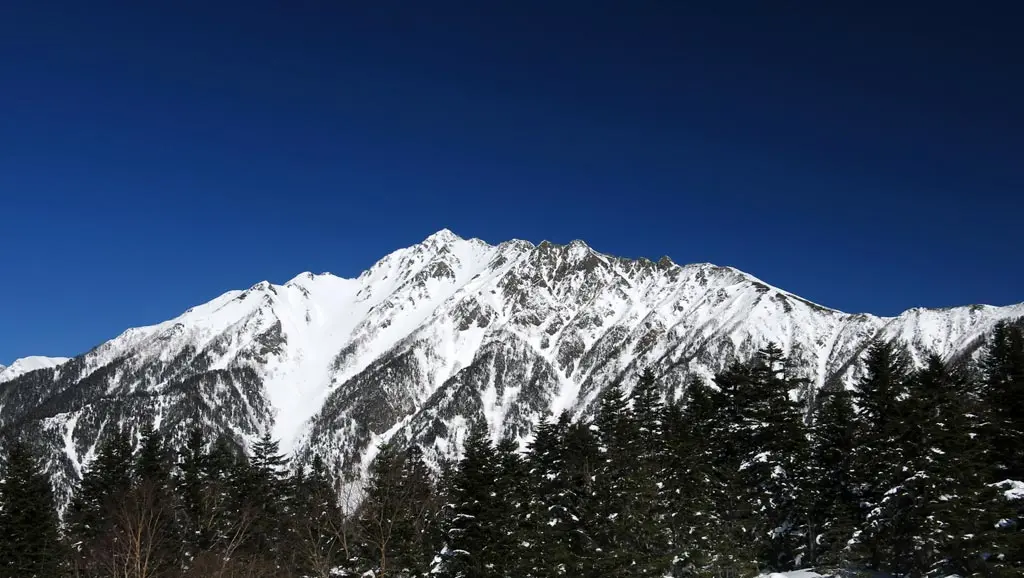
The most prominent mountain in view is Mt. Nishihotakadake 西穂高岳 (2909m). Unfortunately, its prominence obscures the view of Mt. Okuhotakadake 奥穂高岳 which is the third largest mountain in Japan.
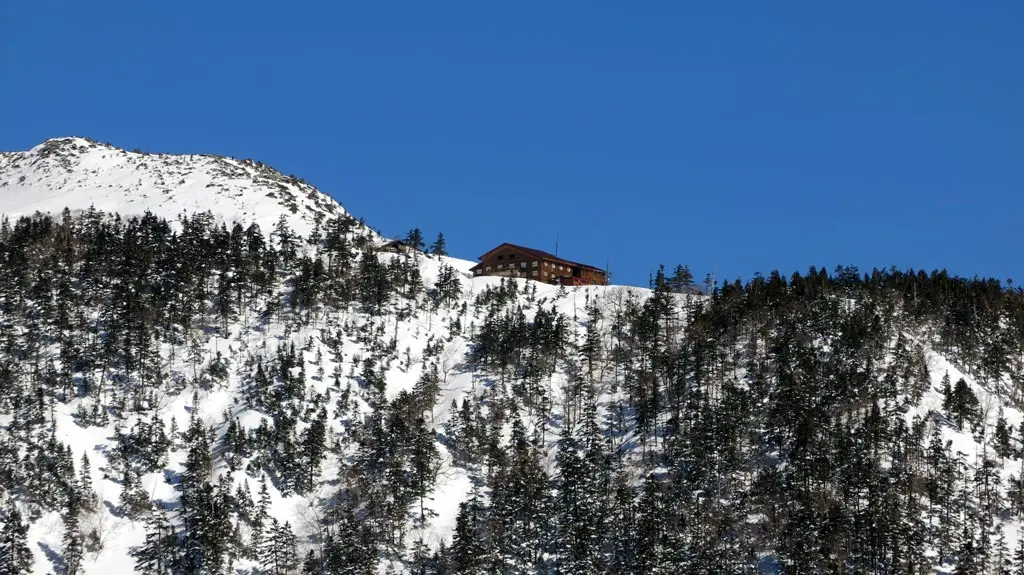
After taking photos for a while, I noticed a building on the right arm of Nishihotakadake. This is the Nishiho Lodge 西穂山荘. If I had planned further ahead, I totally would've hiked there. I guess I'll need to wait for the summer.

Moving west (or left) from Kasagadake, the highest peak on its arm is Okibanotsuji 大木場ノ辻 at 2232 meters.
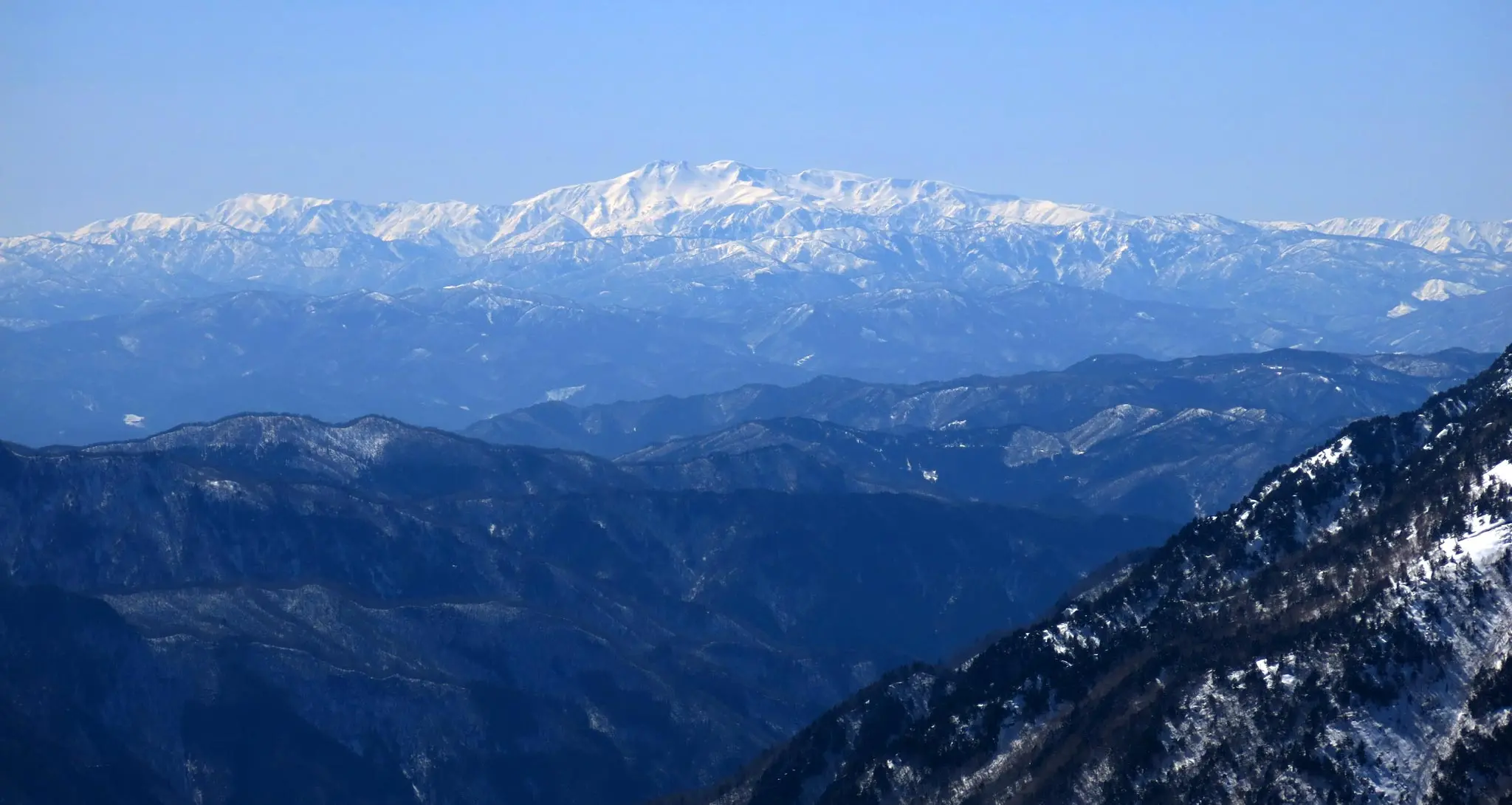
The day was so clear that further west, in the distance, I was able to see Mt. Haku 白山 or Hakusan. This mountain is in northeast Gifu, still within Hida, and borders Fukui prefecture. It is 2702 meters high. It would probably take about 2 1/2 hours to drive there.
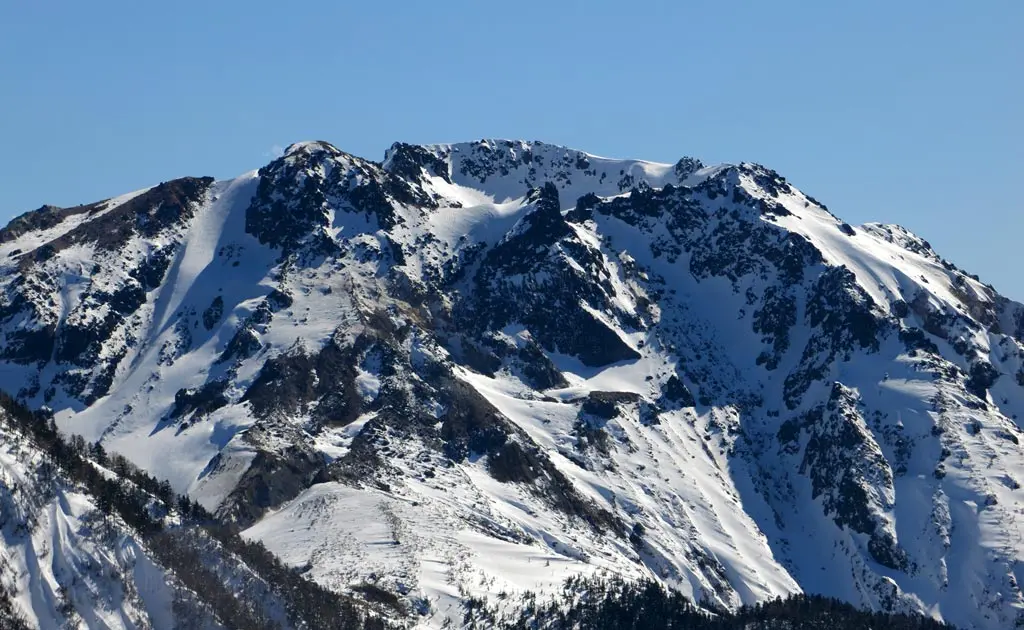
Furthest left on the view is Mt. Yakedake 焼岳 at 2455 meters. Yakedake translates as "burnt" or "cooked" mountain. It's an active volcano that is usually seen steaming.

And just behind Yakedake, barely visible is Takayama's infamous Mt. Norikura 乗鞍岳. It's the little puff of white on the right side.
So many mountains! And the snow looks so white and fluffy. Additionally, the moon was in full view, too.

I stayed on the observation deck for quite a while. Even after everyone in my party had left, and I stayed up there alone to take in the view, and feel the sharp fleeting winter breeze carry across the mountain. Eventually, I returned indoors.
Inside, I went to the hiking information area, and then exited to the hiking trails. This is how I would get to the Nishiho Lodge. Unfortunately, my snow shoes were back in the car, and I wasn't really sure how far I would make it, anyway. I was still a little hungover.
The hiking trails were completely carved out of the deep snow at the summit. The snow walls were higher than 2 meters.. taller than me!
It was still so incredibly blue outside. The strong sun turned the deep green of the evergreen trees into a beautiful unnatural neon. Bah, I really should've prepared for a hike. But instead, it was time to leave. I went to the gift store, and bought some omiyage for my co-workers.
Near the exit, they have store room displaying paintings of the beautiful Hida mountains. Each of these paintings were made by junior high and high school students of Takayama.
All of these paintings are from the 平成26 school years (2014). These paintings come from Higashiyama JHS 東山中, Nakayama JHS 中山中, Matsukura JHS 松倉中, Hie JHS 日枝中, Hida Takayama HS 飛騨高山高, Yoshiki HS 吉城高, and Kamioka HS 神岡高. These were the only schools I noticed, and due to the size of these schools, I'm assuming these were made in their art clubs.
As the next gondola arrived, I boarded it, and descended back down to my car.
Located in the lower ropeway station is a small cafe with some noodles, and other small treats. If you ever have the chance to come to the Shinhotaka Ropeway, you ABSOLUTELY must try the wasabi ice cream, which is rather unique to the ropeway. I haven't seen this flavor available anywhere else.
There are two very strong flavors that are completely opposite. There's the sweet, cold delicious taste of the ice cream. And there's the hot, spicy, sometimes incapacitating flavor of wasabi. I think some people avoid wasabi as much as possible because it's so potent. I think that wasabi ice cream is a rare chance where the spiciness is so overpowered by the ice cream, you can actually taste wasabi for its distinct flavor, rather than its hot spicy texture.
Initially, you are hit by the sweetness of the ice cream. For the first few seconds, it just tastes like normal ice cream. But as the taste lingers in your mouth, and spice of wasabi starts to set and grow. It's not hot, or overpowering. It's just the flavor.
It's so good. It's really the absolute softest safest approach to consuming wasabi. All wasabi and almost none of the spice.
One of my favorite places is on the way back to central Takayama. Just west of Tochio 栃尾, is 火山の恵 広場, which apparently translates as the Volcano Wisdom Plaza. Here you can pay 100円 ($1), and soak your tired feet for the recommended 30 minutes.
The hot, scalding, therapeutic waters burn away dead skin cells and excite the muscles. After, your skin is left clean of death, and very smooth. Several times, I exited the bath, and walked in the snow to flash fry and freeze my feet. It didn't completely work. Also, the bath really wasn't all that hot on this day. Maybe I'm getting used to scalding water on my feet, though.
Sitting down, and burning away your feet would be a nice relaxing end to a day of hiking. But for me, it was simply the end of a day riding a gondola.
